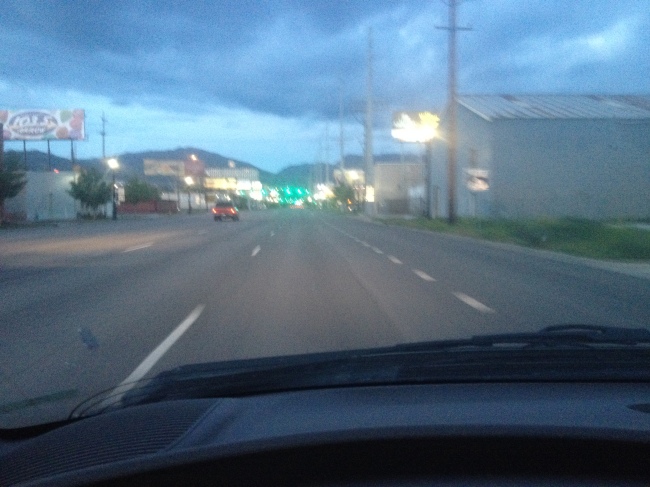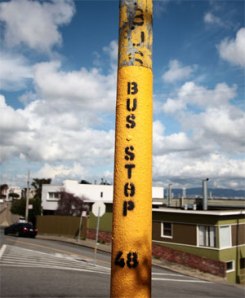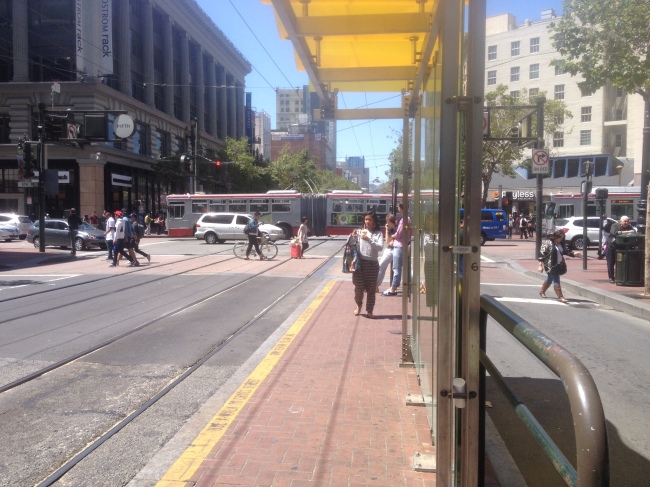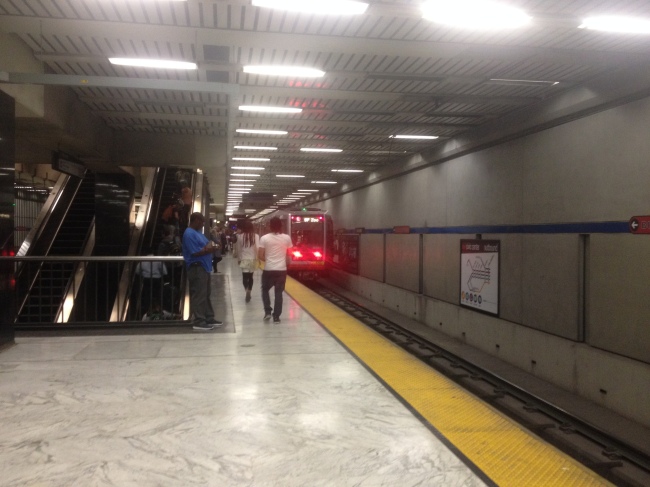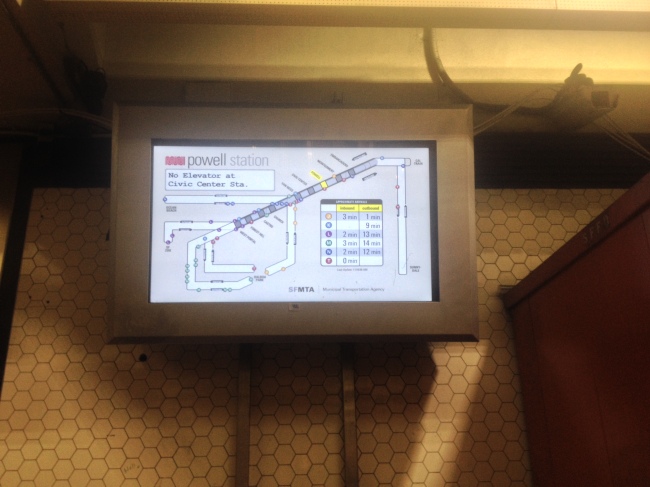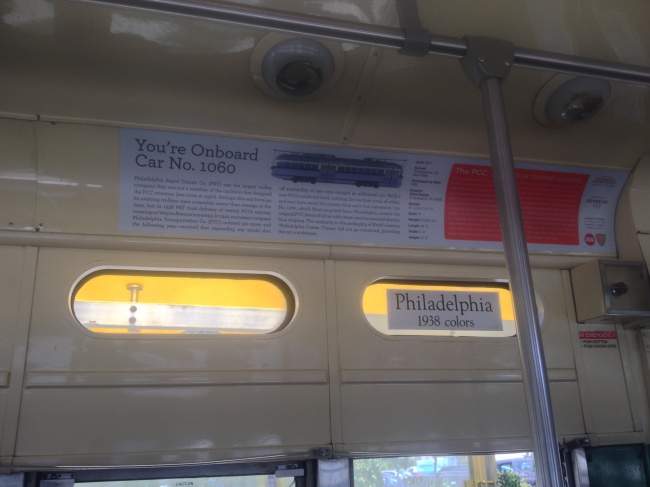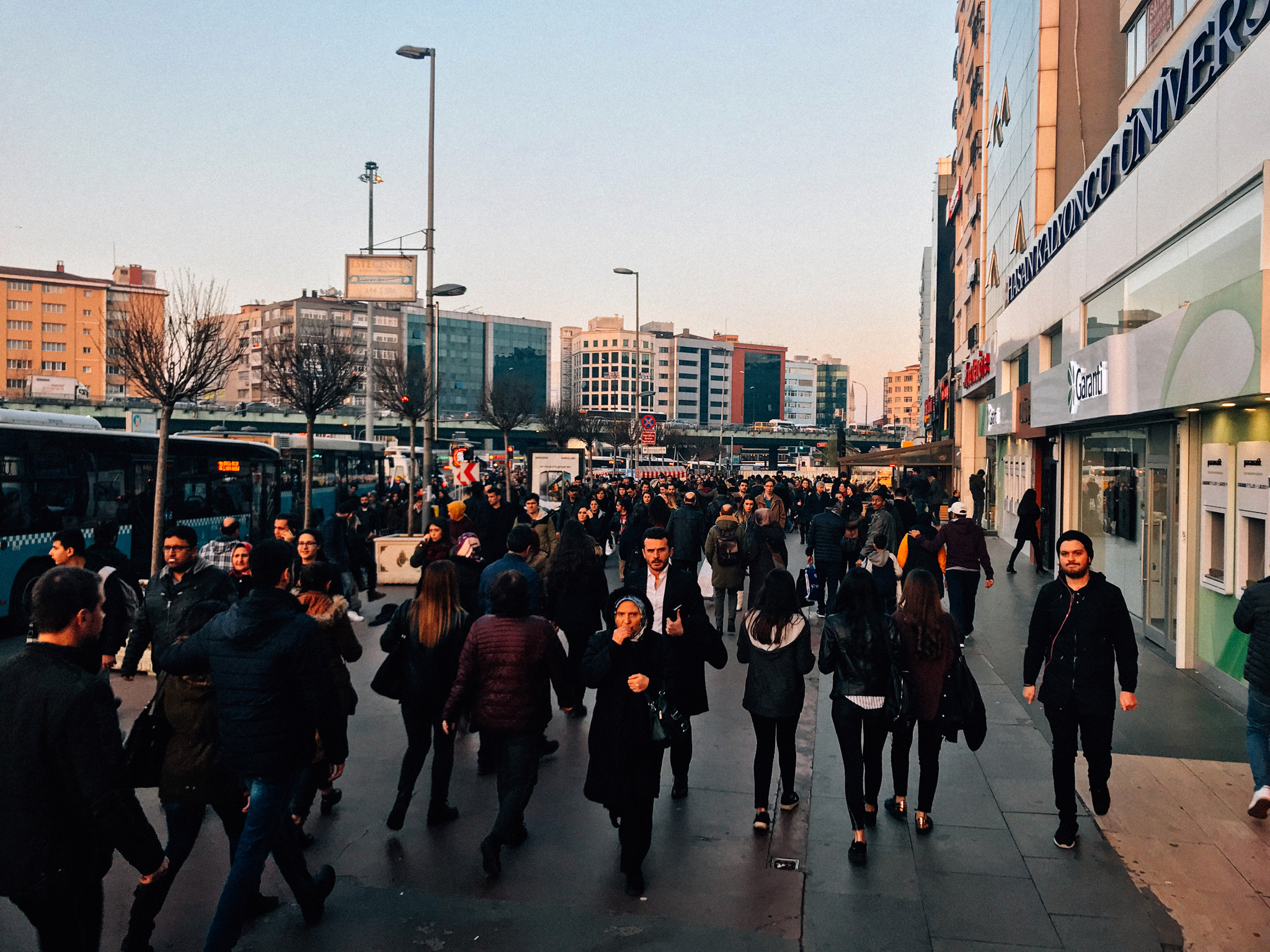
As those of you who know me are aware, I like to walk. I think nothing of a 20km walk through the city, and that’s often what I do for fun on my weekends. I’ve been working on losing weight, and I love cities, so this is one of the best things I can do for both of those concerns. For me, I started walking a lot when I lived in Chicago. I started slowly, simply having moved to Chicago without a car I had to walk to and from transit stations and points of interest, and this was a good start for me. Over my years there, I became friends with Jesse, who walks much more than I do, and way faster than I. Walking with Jesse I learned to walk with purpose, and that walking long distances is a lot of fun! (I really hated the idea of walking more than a mile before this). I had no problem biking long distances at that time, but walking on foot was not something I really wanted to do. Having gotten used to walking a little more over my time in Chicago, one day a friend and I walked ~4 miles from my apartment in Streeterville to a Turkish cafe on the North Side – though our goal was a different mediterranean cafe further away, this walk allowed us to discover something new and change our goal. This walk helped transform my opinion of walking in general, because we enjoyed a vibrant city-walk, and found something new and awesome.
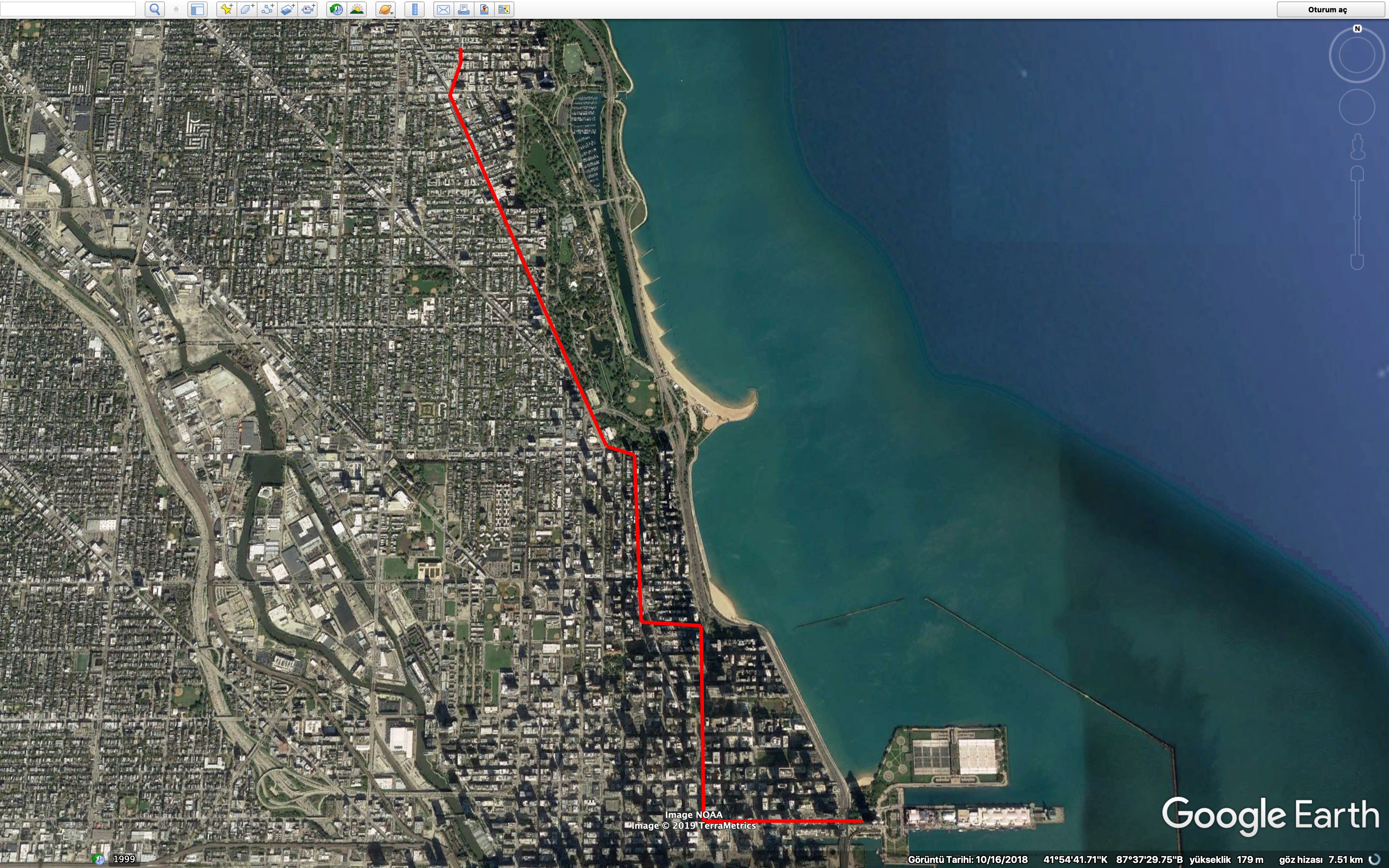
Beni tanıyanki gibi biliyorlar, yürümeye seviyorum. Şehiriçi 20km yürüyüş bana iyi geliyor, ve tatillerimde eğlence için sık sık yürüyorum. Kilo vermeye çalışıyorudum, ve şehirlere çok seviyorum. Bu en iyi yapabilirim şey o sebebler için. Şikagodayken çok yürüme başlattım. Yavaş başlattım, yani – araçsız Şikago’ya taşındım, ve toplu taşıma kulanmak için, o araçlardan istediğim yere gibi yürüdüm. Yıllarımda orada bir arkadaşımla tanıdım Jesse. Jesse çok yürüyor – uzun, hızlı hep yürüyor, benden çok daha hızlı bile. Jesse ile geziyorken hızlı, ve amaçlı nasıl yürümek öğrendim, ve uzun yürüyüşler eğlenceli olabilir. Bundan önce bile 1 mil (1,6 km) mesafeden nefret ettim yürüyerek. Bisikletle çok uzun sürüdüm, ama ayakta – yürüyerek çok istemedim. Şikagodayken biraz yürümeye alıştımdan sonra bir arkadaşımla biz 6,4km yürüdük. İlk amacımız bir akdeniz mutfağı Kuzey tarafta, ama biz ondan önce bir türk cafe bulduk, ve denedik. Bu yürüyüş benim fikrilerim değişti – biz çok eğlenceli bir şehiriçi yürüyüş tecrübe ettik, ve yeni harika bir yer bulduk.
After this point, I began to walk a lot more, and it was around this time that I started tracking my steps with my phone and trying to hit 10,000 steps per day. I started walking from the Green line station at Randolph to my home at lake point tower around this time (22 mins, 1.2 miles) – I used to take the bus to the red line (.75 mi) on days I didn’t bike to IIT. Not long after this started my grocery store at Illinois and Columbus (1/2 mile) closed, and I began to walk to the Marianos a mile away in Lake Shore East Park. I was also walking to the blue line when I needed to go to the airport ( a little farther than green), and in my final year in Chicago, I began to walk all the way to Roosevelt station, 2.3 miles from my apartment (about halfway to IIT) on nice days to enjoy some time outside and the view of the skylines. I particularly enjoyed the mixed historic/modern Michigan Avenue Street Wall, and the view of the Chicago River.

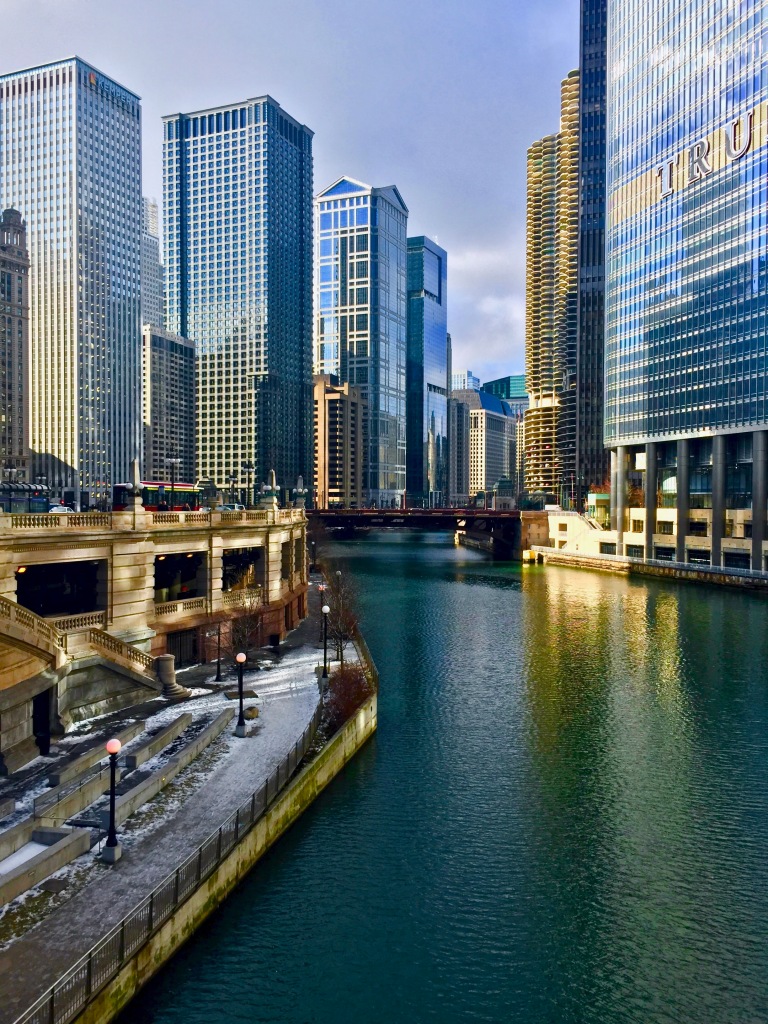


Bu noktadan sonra, çok daha yürümeye başlattım. Ve bu zamanlarda telefonla adımlara takip etmeye başlattım ve 10.000 adım günlük hedef kendime ayarladım. Şikago’nun ‘L’ trenin Yeşil hattının Randolph İstasyondan eve, evden o istasyona yürümeye başlattım bu zamanlarda (yaklaşık 2km). Bu değişimden önce bisikletim kullanmadımki günlerde, otobüs kullandım, kırmızı hatta kadar (1km mesafe otobüsle), ama yürüyüş olarak, Yeşil hata çok daha güzel bir yürüyüş oldu. Kısa bir süre sonra, en yakın marketim(800m) kapandı ve 1,6km mesafeden bir market gitmeye başlattım yürüyerek. Yeni market güzel bir park yanında, o manzaradan keyif aldım. Ayrıca havalımanı’ya gittimken metro mavi hat’a yürüdüm (2,5km). Şikagodayken son senemde Roosevelt İstasyon’a kadar yürümeye başlattım (4km gibi). O çok güzel bir yürüyüş – Mişigan Caddesinde gökdelen manzara sevdim. Mişigan Caddesinin Sokakduvarı ne güzel, hem tarihli, hem de Modern bazen parçalar, çok sevdim o görüntü. Ayrıca ben için güzel açık havada zaman harcadım bu yürüyüşler için. Diğeri Şikago Nehrinin köprülerden inanılmaz manzaralar var.
This brings us up to my time in İstanbul, which happened at a perfect time in my life for me to really enjoy it. İstanbul is far from perfect, but it is a walking city. In American cities, you’d be lucky if the city center had a 10% walking rate, İstanbul’s metropolitan walking rate is nearly 50%. Everybody walks. As I’ve been somewhat round for a long time, I’ve always been trying to lose weight, and I have a love of exploring new places, so I quickly found places I like to walk, like the ridge-road Halaskargazi Avenue, running from my new home in Mecidiyeköy to Taksim Square. I found many other places I like walking, or need to walk to frequently, and of course many variants off the main courses. I have had weeks where I average ~23,000 steps per day, and I have had days where I have taken up to 38,000 steps in one day (~20 miles). In my neighborhood, it’s often faster to walk than to take any form of motorized transit. I have sat in cars that took 60 minutes to go 2 miles, which I can easily walk in 30 many times around my neighborhood. I’ve been in cars that took 60 minutes to go 1 mile. Also, İstanbul is so dense, and tightly woven that it is just more fun to walk, you get to see so much on the streets here. There’s hardly a straight street in the city, so walks are full of terminating vistas, corners, intriguing randomness, color, life. There’s never a dull moment walking around the central municipalities of İstanbul.
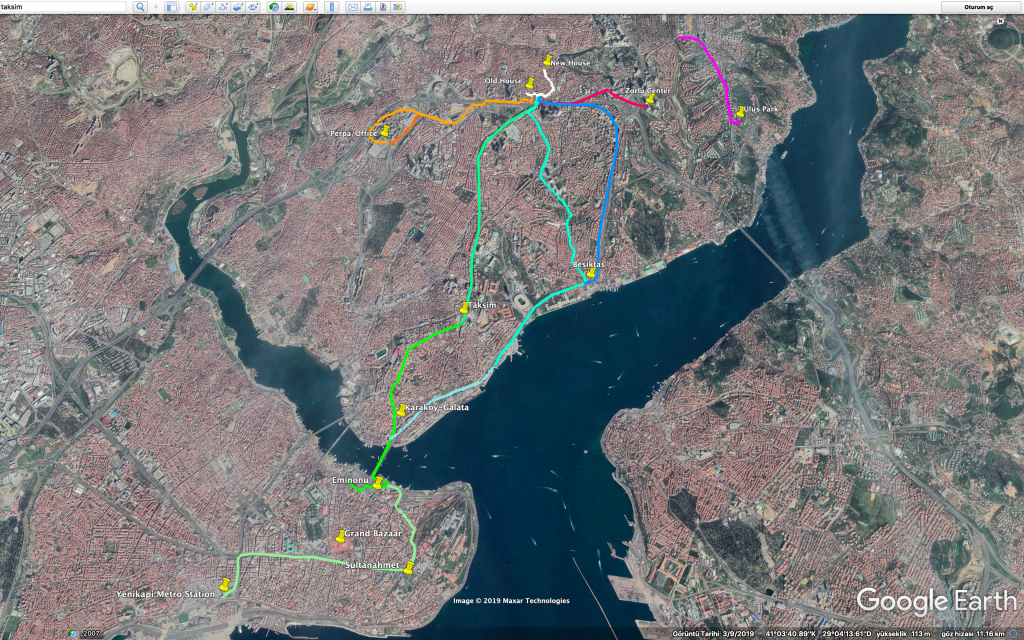
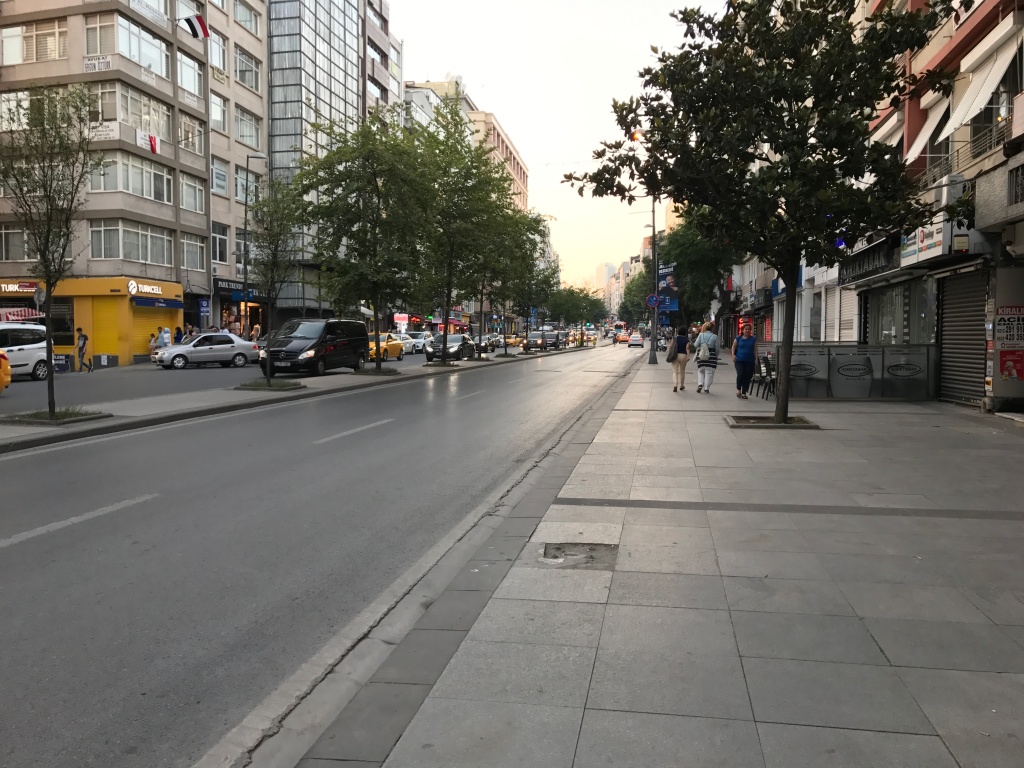

Bu İstanbul’da Dönemim’e kadar getirdik. Bu benim hayatta mükemmel bir nokta oldu. İstanbul çok sorunları var, ama bu bir yürüyebilir şehir. Amerikan Şehirlerde – güzel bir şehir merkezde yürüyürek oranı en yüksek %10. İstanbul tüm büyükşehirde yürüyüş oranı nerdeyse %50, gerçekten herkes yürüyor. Ben uzun zamandır tombul oldum, ve her zaman kilo vermem çalışıyordum. Ayrıca ben yeni yerler keşfetmem seviyorum – ben çabuk güzel yürüyüş rotalarım buldum, Halaskargazi Caddesi gibi. Çok daha rotalar buldum, ve ana rotalardan çok sapmalar buldum. İstanbulda bazen haftalarda günlük ortalama adım sayısı 23.000 oldu, ve tek günlük adım sayısı 38.000 adım a kadar çıktı. Semtimde sık sık motorlu araçtan yürümek çok daha hızlı. Ben araçlardaydım ki 60dk içinde sadece 3km geçti (bu ben rahat rahat 30dk içinde yürüyebilirim), ve ben araçlardaydım ki 60dk içinde 1,6km geçtim. Ayrıca İstanbul o kadar kalabalık, ve o hersey çok yakın ki yürüyerek çok daha eğlenceli, nerdeyse her zaman. Çok daha fazla görebilir sokaklarımızda. tek düz bir cadde nerdeyse yok burada – yürüyüşler Sonlandırıyor manzaralar, köşeler, güzel rastgelelik, renkler ve hayat dolu. Tek sıkılıyor bir anı yok İstanbul’un merkez ilçelerde yürüyorken.
My love for walking has however taken me walking into the more boring parts of İstanbul, but also some parts that surprised me in how not boring they are. One evening I attended an FLL event in Kayışdağı on the Asian side, and needed to go to Ümraniye – Mehmet Akif Mahallesi afterwards, a distance of about 6km. For this I actually wanted to take the bus, but it took like 4 busses and 1:15 to bus it, and I walk about 6km/hr, so walking was faster in this odd case, and that’s what I did. I have always heard people hating on Ümraniye so I had pretty low expectations for this walk, however I was pleasantly surprised by a pretty cool urban fabric. It was night time, so being a new place for me I was a little more unsettled than I usually would be just because I didn’t know the area, but it ended up being a pretty neat walk. Another – less interesting, but also nice long walk starting in a different part of Ümraniye – at Yamanevler, I walked to Sancaktepe/Madenler, and half of that on the main avenue was nice – though a little bleak city, and the other half was walled skyscraper-complexes, with absolutely bleak, concrete wall sided streets – and that just wasn’t super fun, but the whole experience was different and fun. Now days the metro runs almost to that friend’s house, so I only walk about 12 minutes, on much nicer streets (though still walled off skyscraper complexes) to their house.
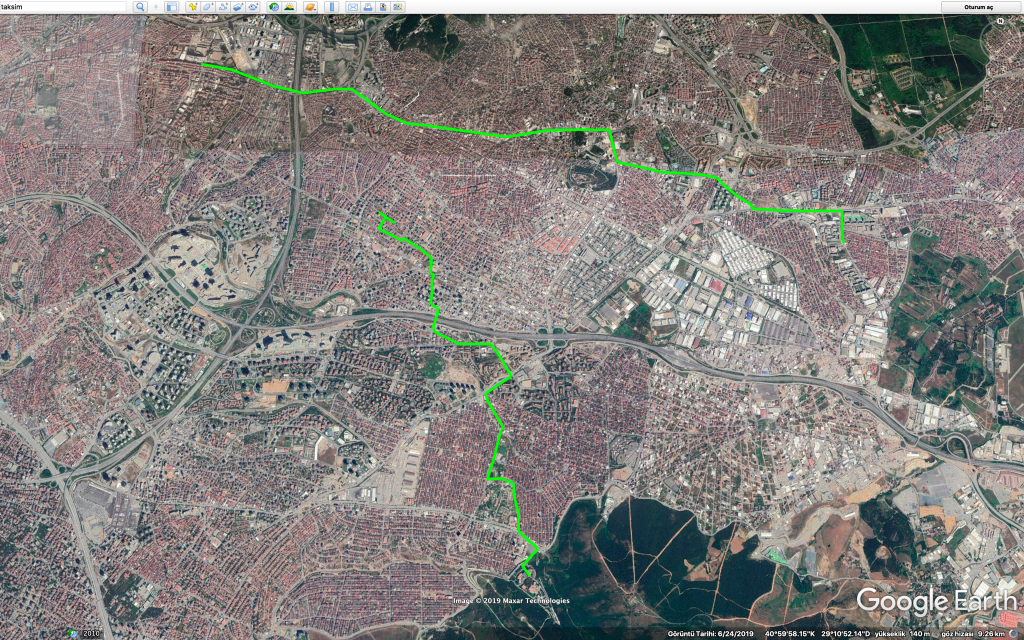
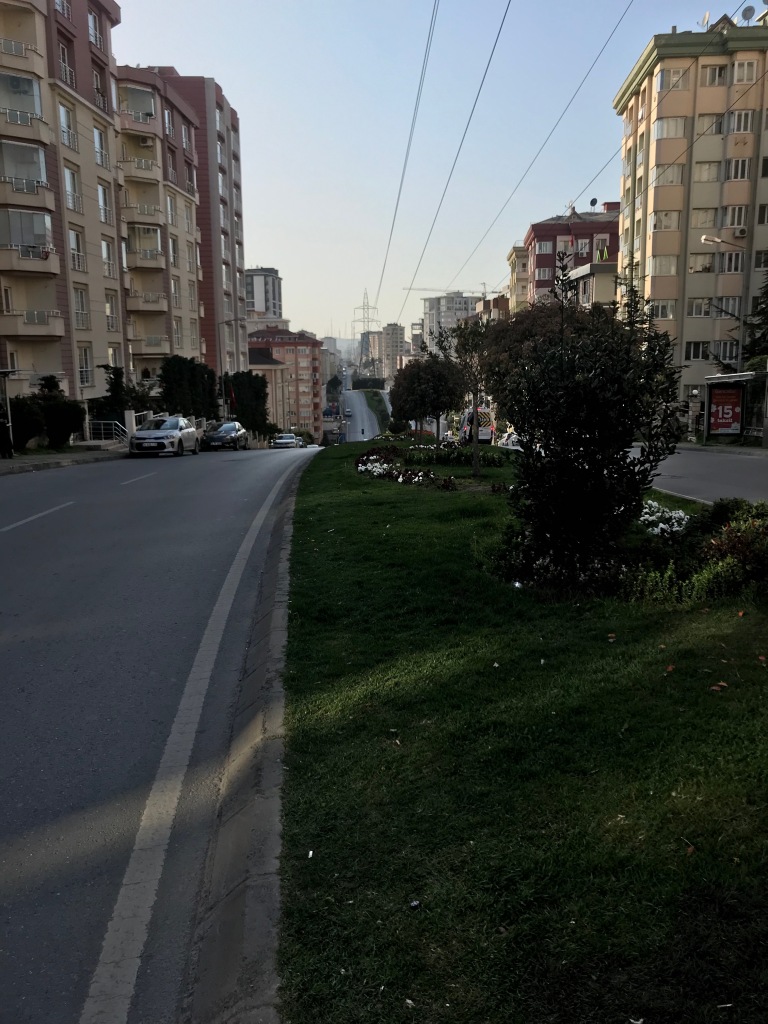
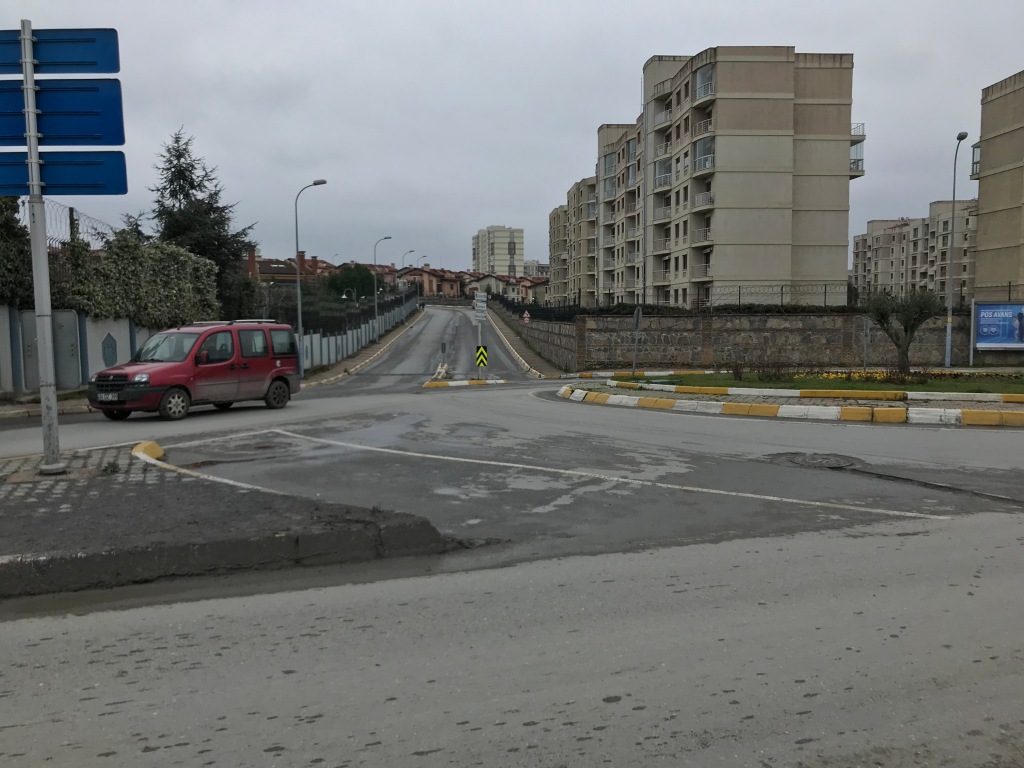
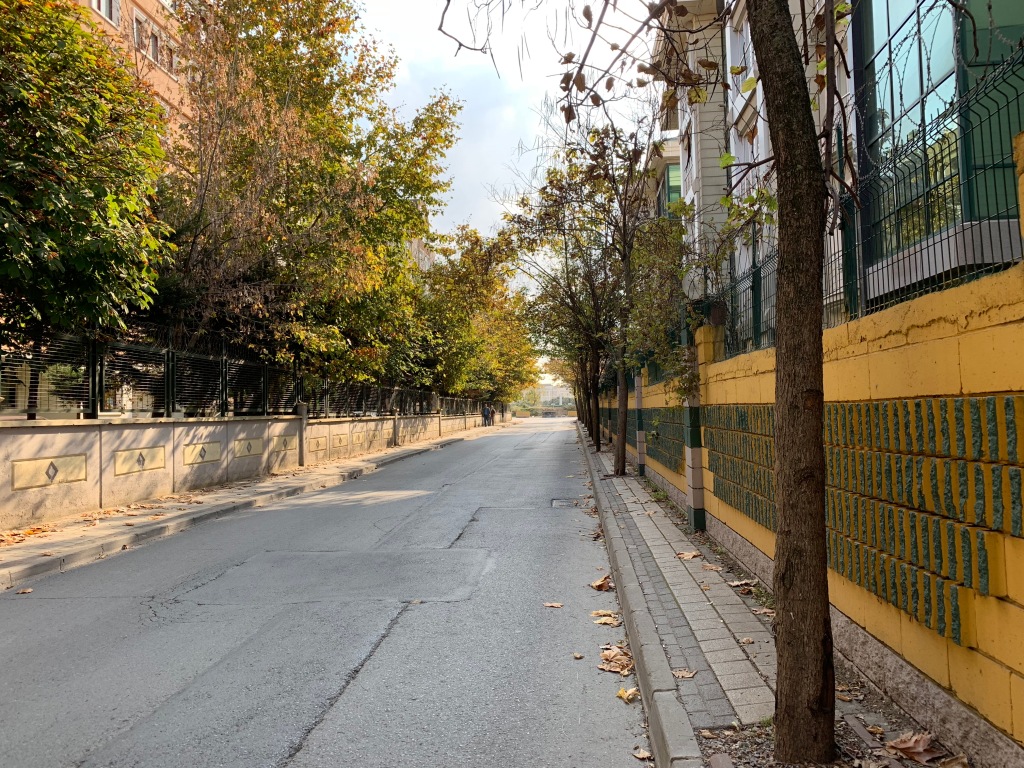
Ama yürüyüş sevgilim daha sıkılıyor bölgelerde beni getirdi, ama bazen bölgeler beni şaşırtım ki oralarda beklentimden daha güzel oldu. Bir akşam bir FLL etkinliğe katıldım Kayışdağ’da bir üniversitesinde. Ondan sonra Ümraniye’nin Mehmet Akif Mah.’ye gitmek zorundaydım (6km gibi). Otobüsler’e baktım – o 4 otobüsle 1:15 saatle beni taşınabilirdi – o saçma çünkü ben 1 saate yürüyebilir. O zaman yürüdüm. Beklentilerim bu yürüyüşten yüksek değil, ama şaşırdım. Çoğunlu güzel, renkli, canlı bir yürüyüş oldu. Ben biraz rahatsız ettim çünkü gece saatlerde yürüyordum ve yeni bir yer ben için, tanımadım o yere. Ama güzel bir yürüyüş oldu. Başka, biraz daha sıkılıyor ama ilginç bir yürüyüş yakın yerlerde yaptım. Yamanevler Metro’dan, Sancaktepe-Madenler’e kadar yürüdüm. Yarısı güzel oldu – O semtin ana caddesinde yürüdüm çok (Alemdağ Caddesi) – ama biraz daha kasvetli – sonra sanayı ve duvarlı gökdelen bölgelerden geçtim – o yerler çok çırkın, sıkılıyor, kasvetli. O yerler çok eğlenceli değil, ama tüm yürüyüş güzel, ilginç geçti – biraz farklı bir tecrübe oldu. Bu günlerde metro Sancaktepe’ye kadar gidiyor sadece 12dk gibi (2km gibi) yürüyorum arkadaşımın eve (ama hâla bir duvarlı gökdelen bölgede yürüyorum orada 😦 ).
Today I often walk to Beşiktaş for the ferry, or Sultanahmet for fun, or to my office in Perpa. This past year I started going to the gym and this significantly lowered the amount of walking I do – as I work off a lot more weight (but also am more tired) at the gym than just walking around town. I try to make it to Sultanahmet area once every month or two, as that walk is just one of the best urban walks ever, but I don’t always have enough time to do it as often as I’d like.


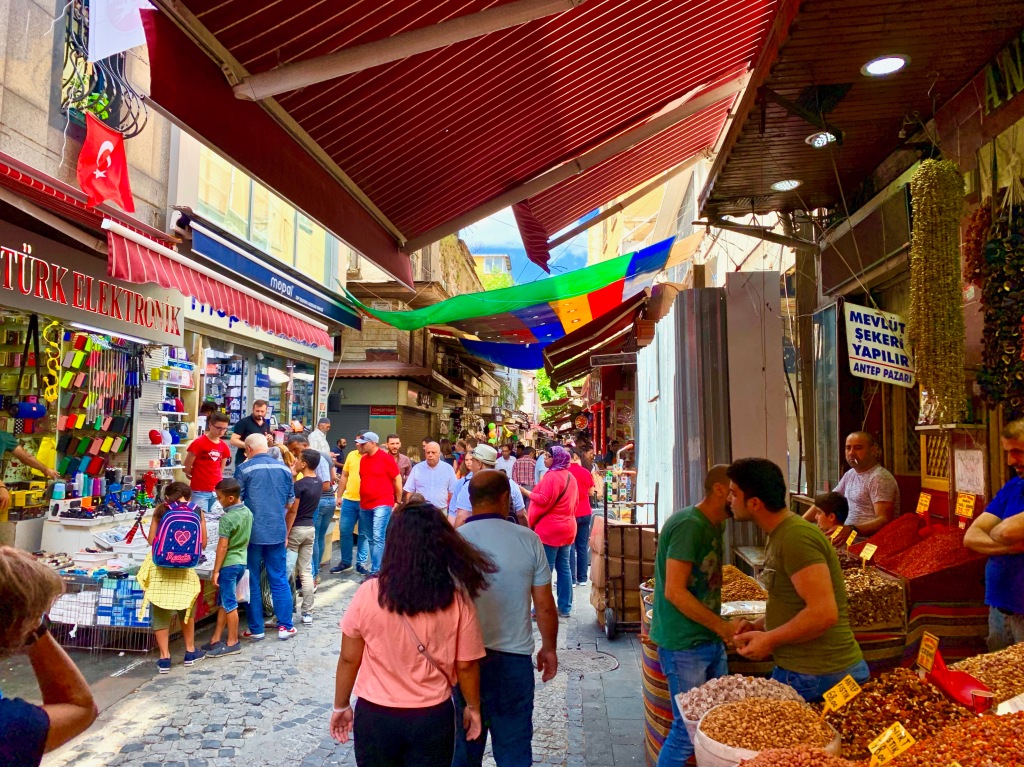
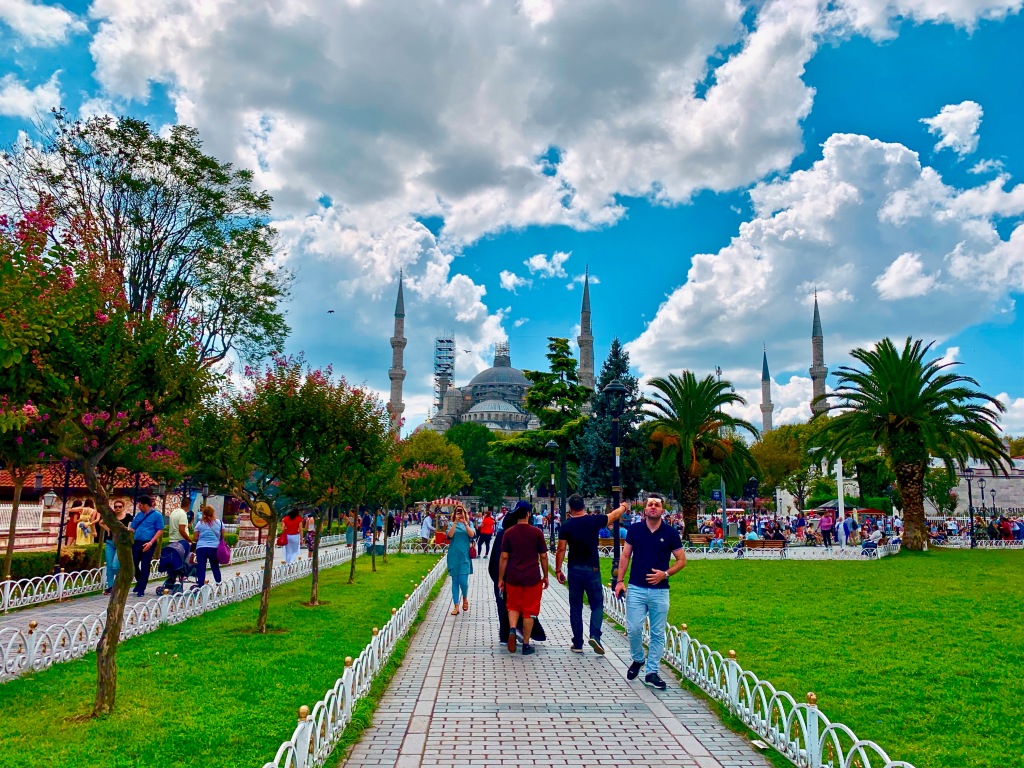
Şu anda sık sık Beşiktaş’a kadar yürüyorum vapur için, ya da Sultanahmet meydana kadar eğlenceli için yürüyorum, ya da Perpa Ofisim’e yürüyorum. Bu son senemde Spor salonda başlattım ve dışarıda yürüyüşlerim çok azaldı. Spor salonda çok daha kilo veriyorum, ama çok yoruluyorum. Hâla Sultanahmet’a kadar her 1-2 ayda bir kere deniyorum – o şehircilik yürüyüş olarak Dünyanın en güzelden birisi. Ama yeterli zaman ayarlamıyorum maalesef.
Walking is a ton of fun – I highly highly recommend going out and exploring your home by foot. You see new shops, new restaurants, new parks, and the gorgeous tapestry of the city this way. You also get good exercise in, and at least for me, I feel a lot better about myself when I walk. If I’m having a bad week I go for a walk, and afterwards I feel way better. So – Take a Walk.
Çok eğlenceli bir şey – Yürüyor! Çok tavsiye ederim – dışarıya çık, memleketin keşfedin ayakta. Yeni mağazalar, lokantalar, parkılar, ve şehrinizin güzel goblen görüyorsunuz bu şekilde! Ayrıca spor olarak iyi bir şey, ve akıl sağlığınız inanılmaz iyi bir şey . Ben için, yürüyorken kendime hakkında çok daha iyi hissetiyorum. Ben kötü bir gün/hafta yaşıyorken – dışarı çıkıyorum, yürüyorum, ve sonra çok daha iyi hissetiyorum gerçekten. Yani Git, Çık Dışarı, Yürü!

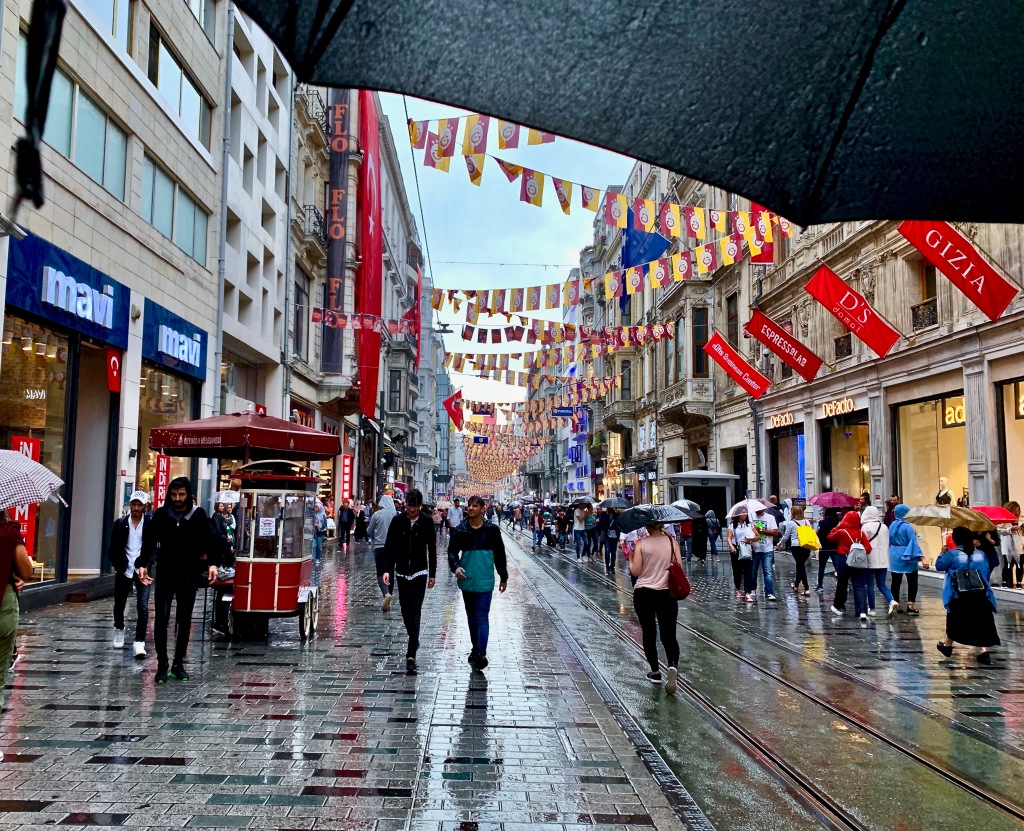
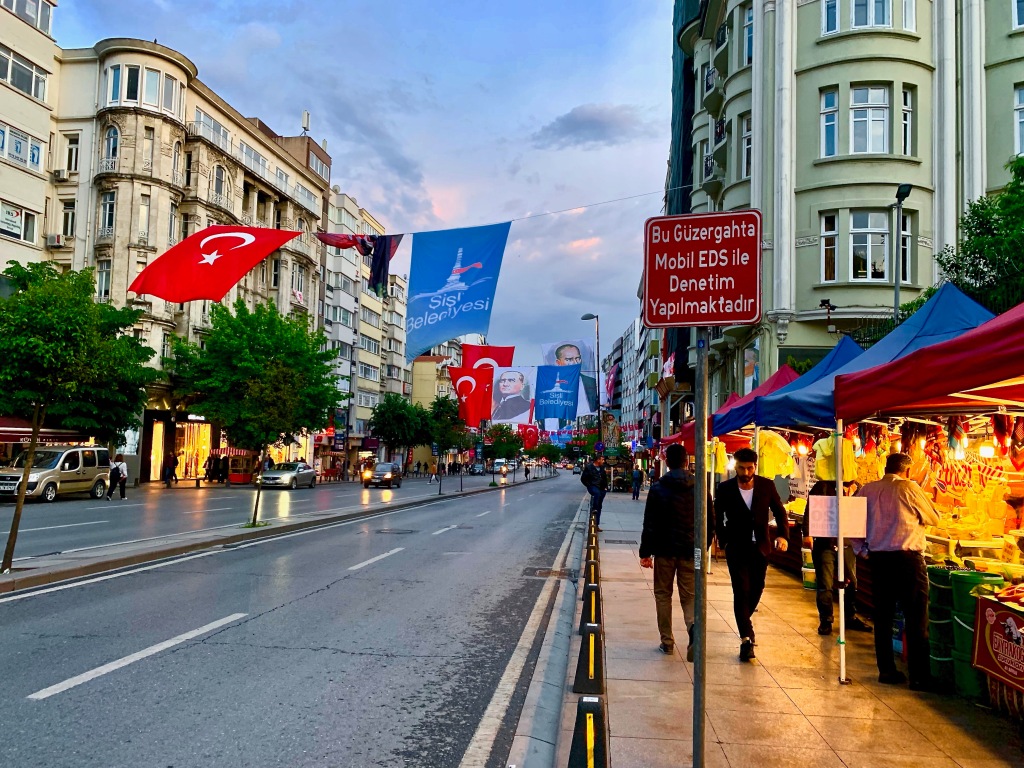
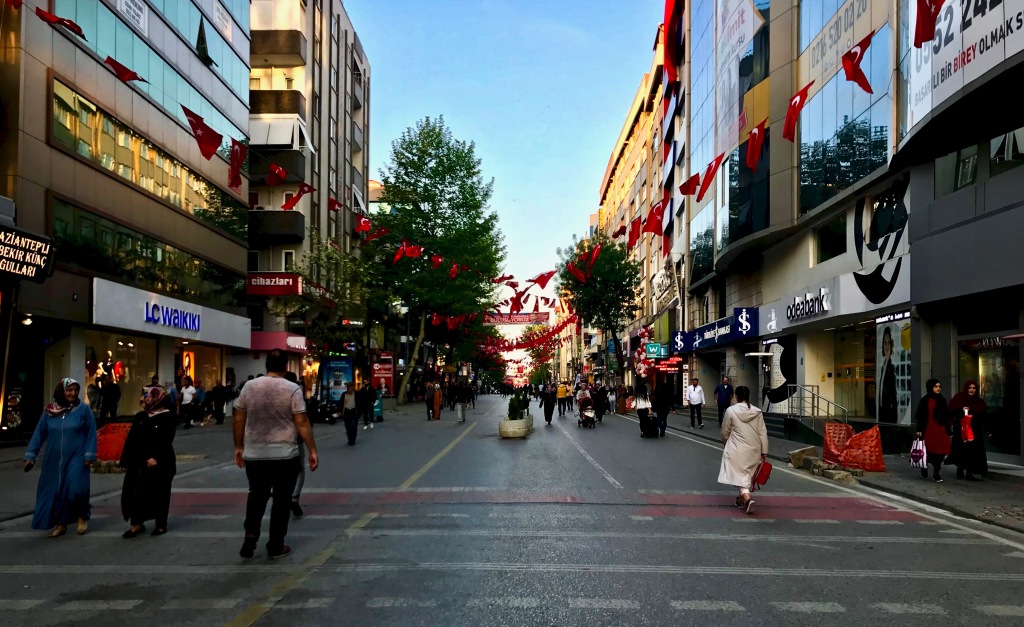
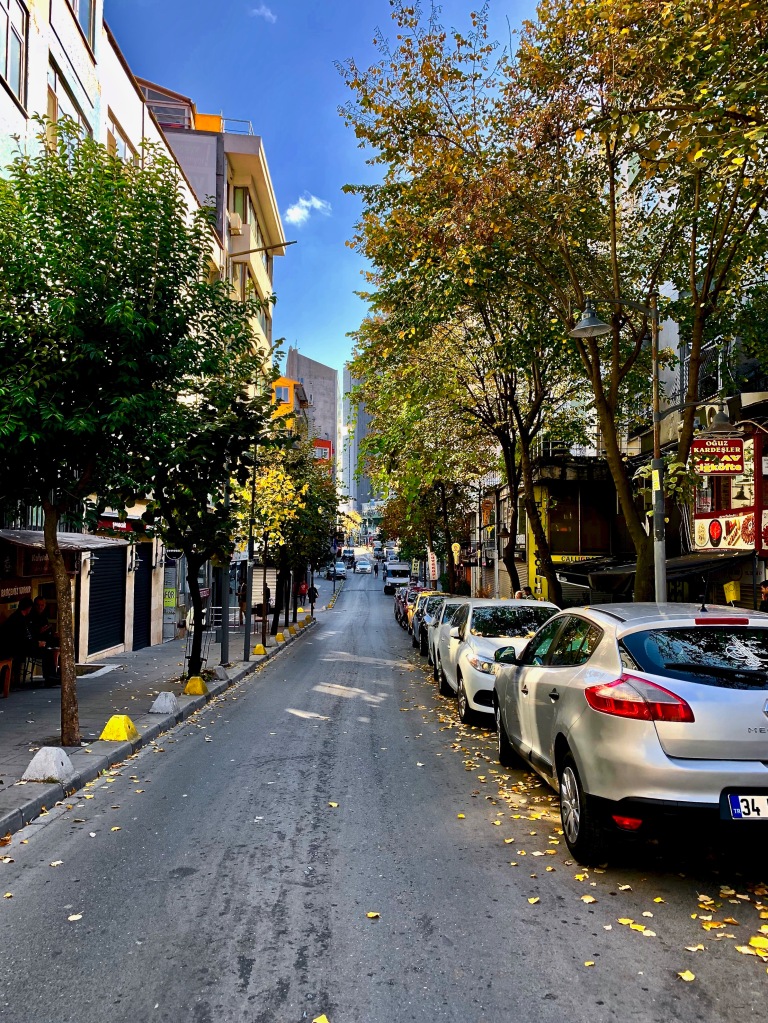

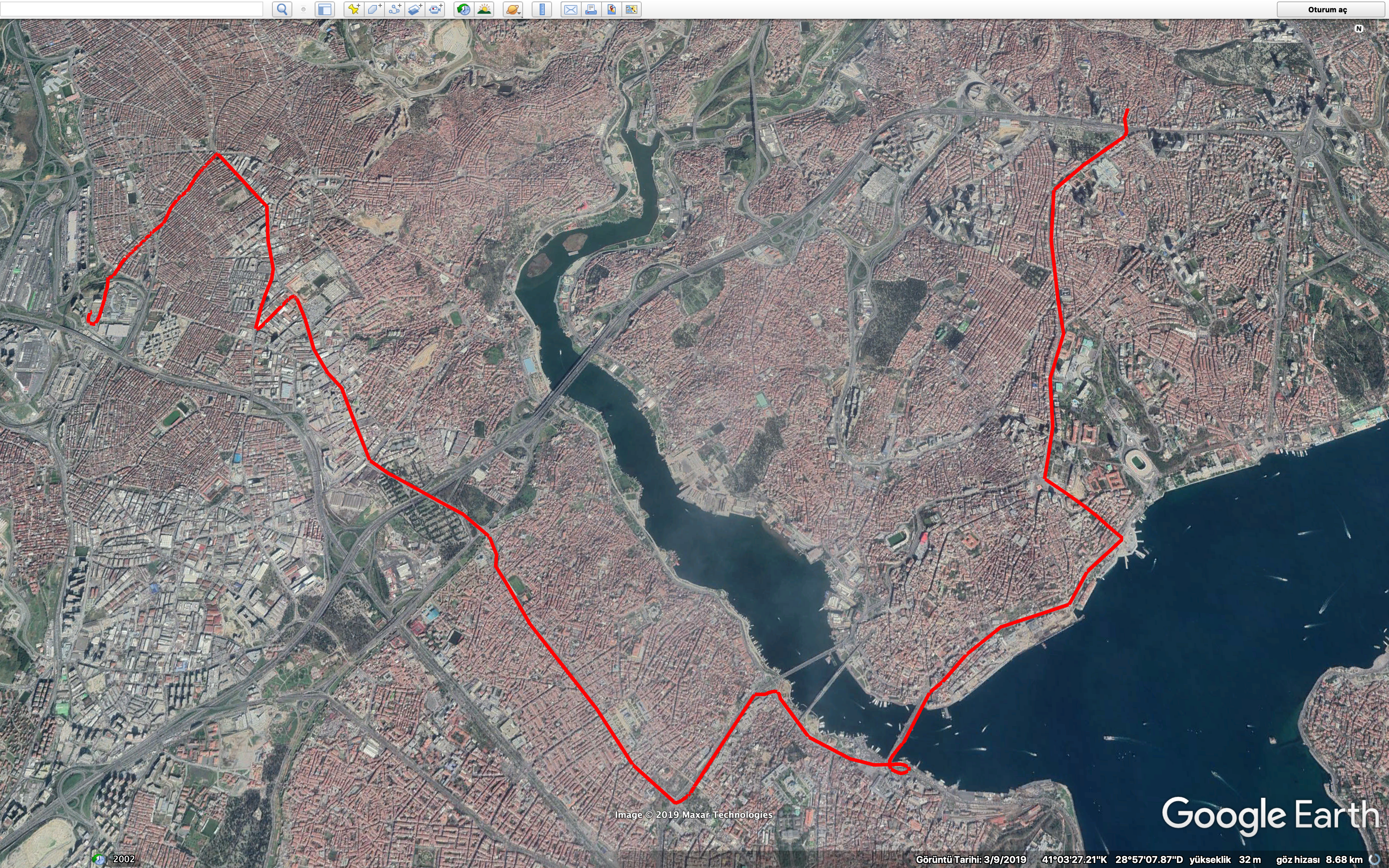
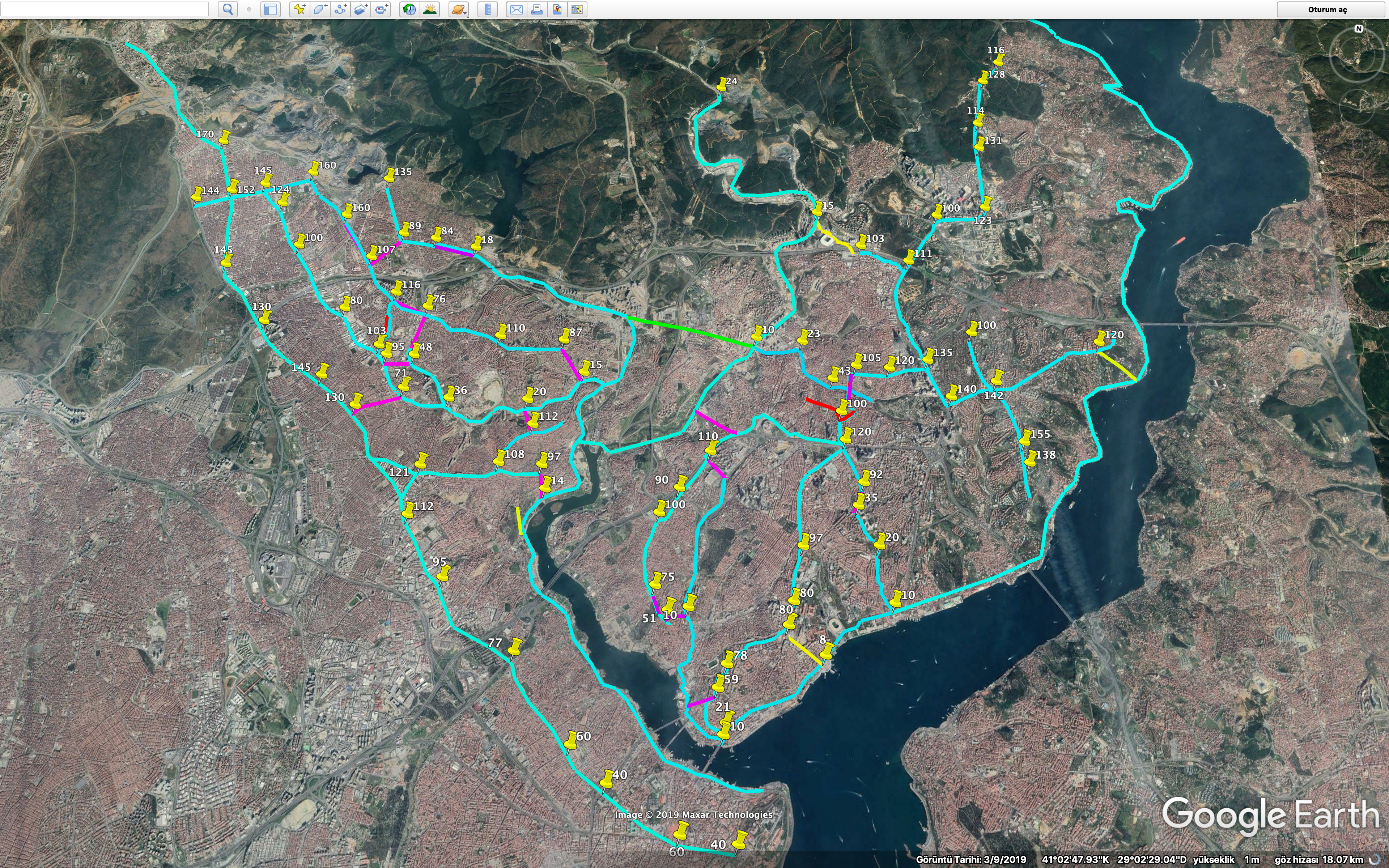
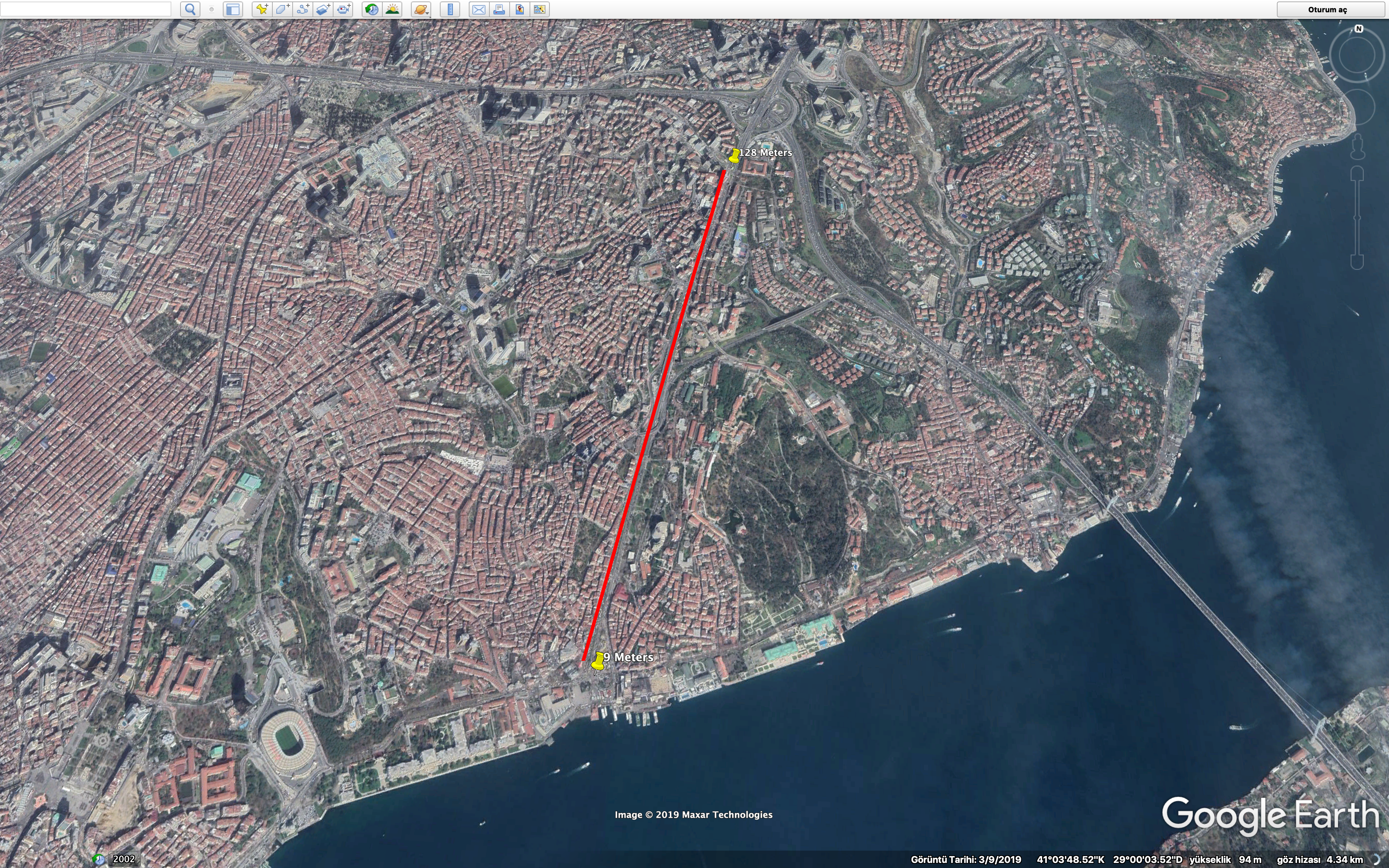
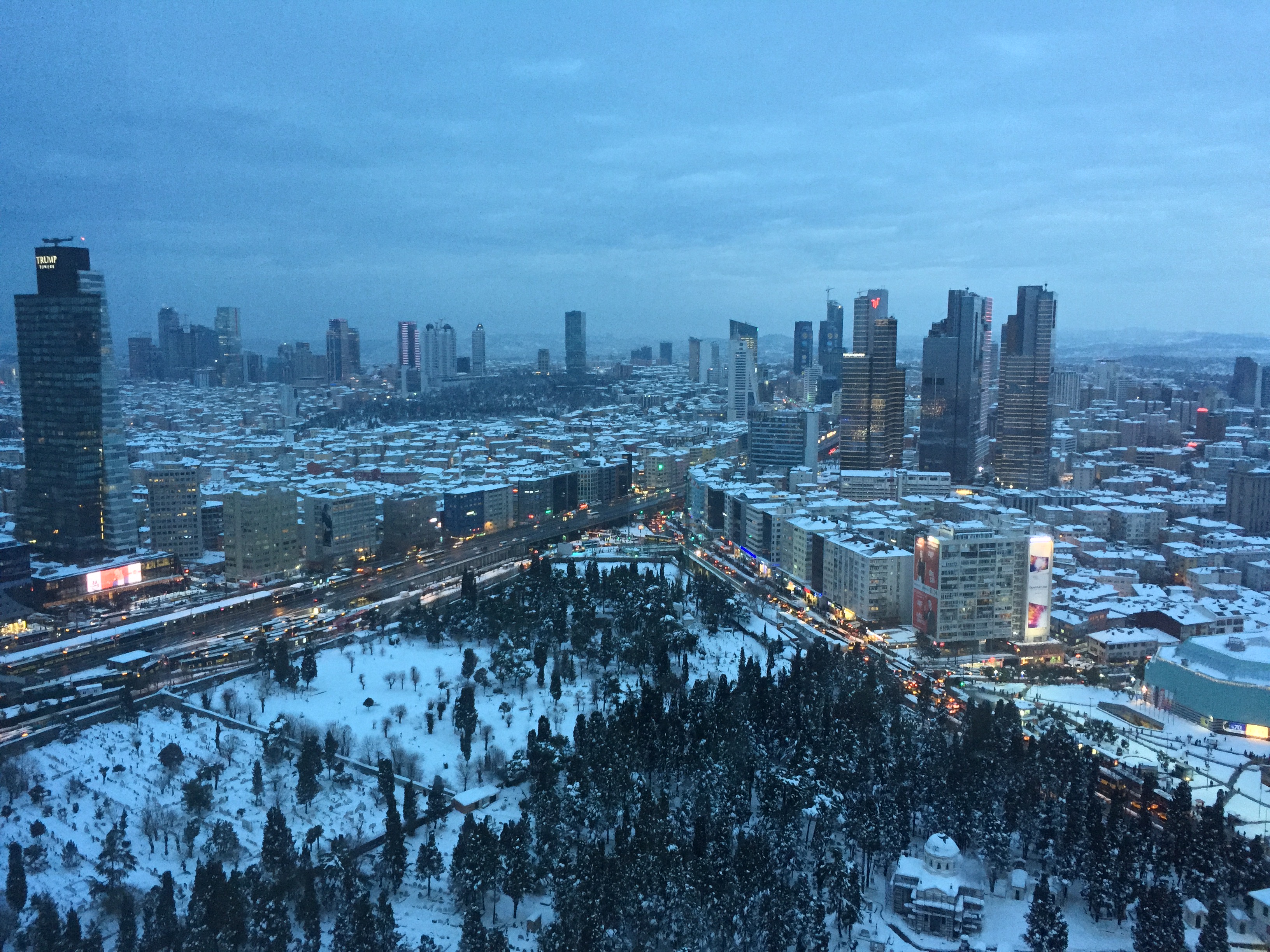
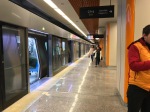
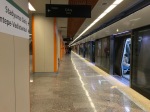




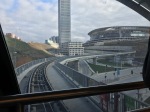
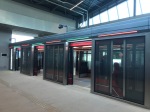



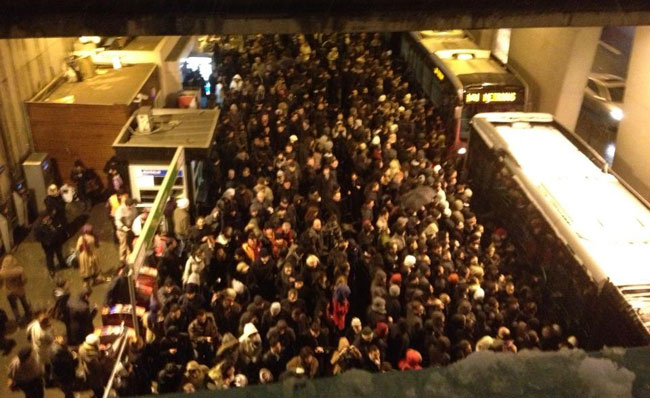


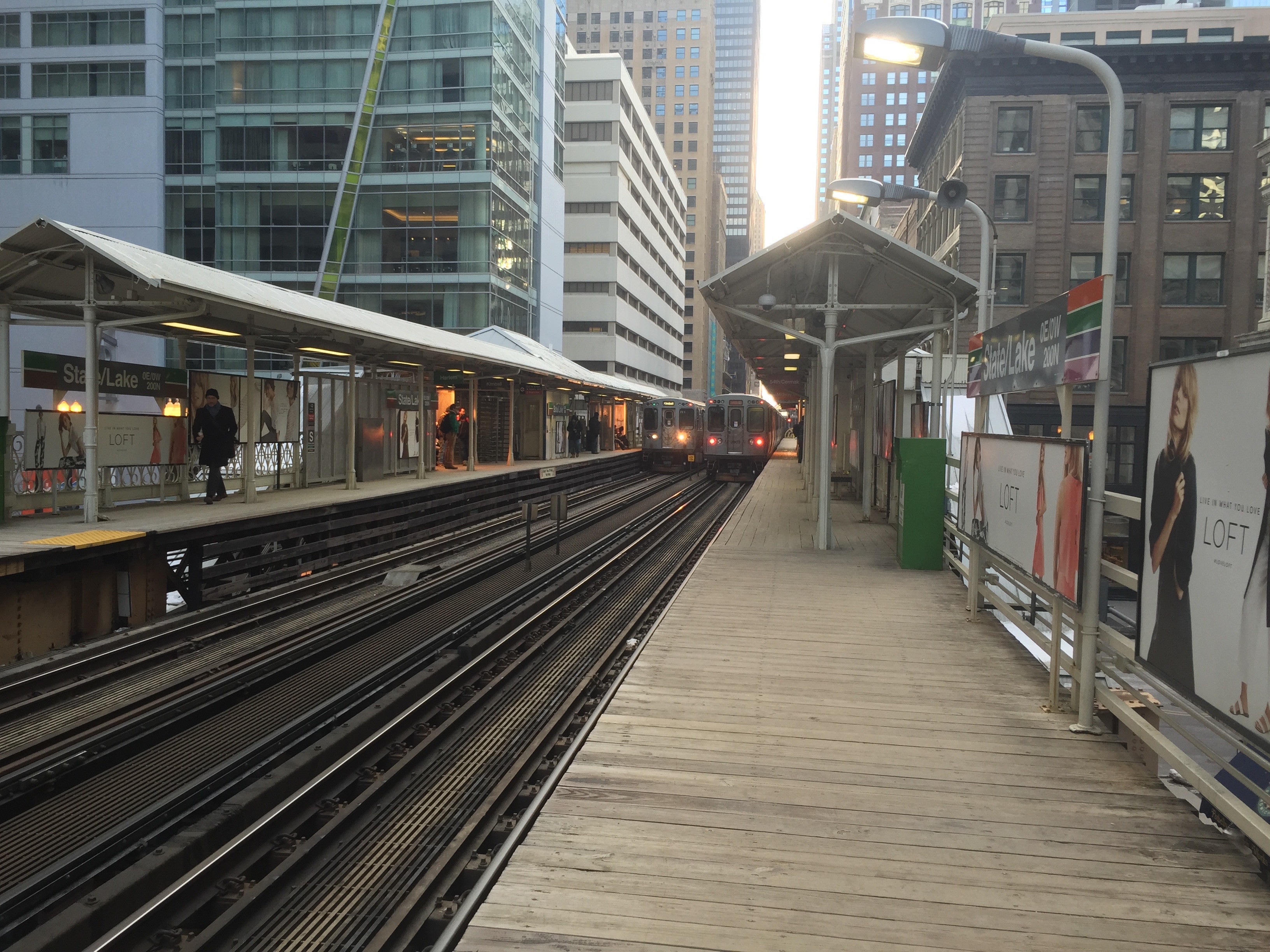
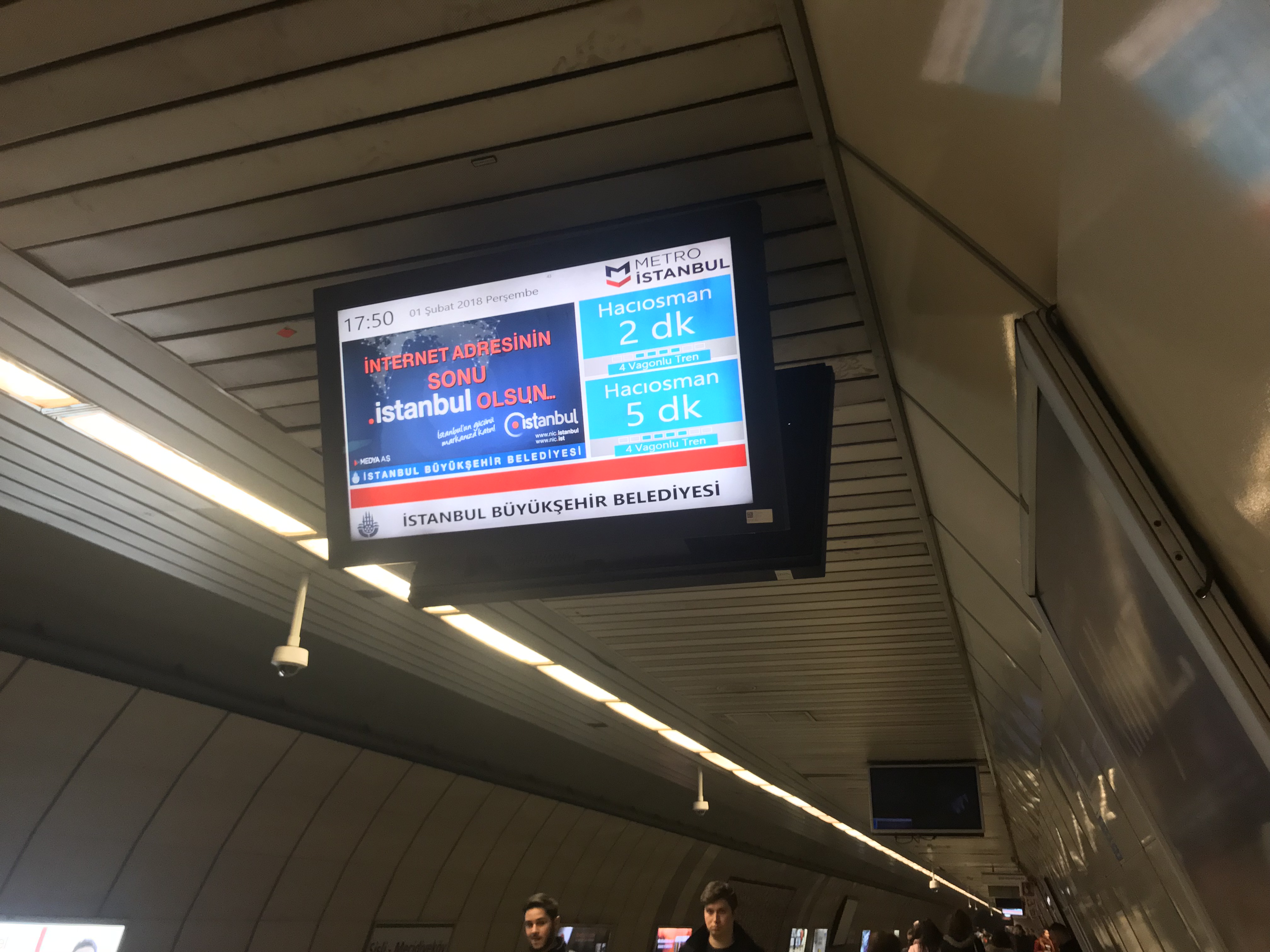
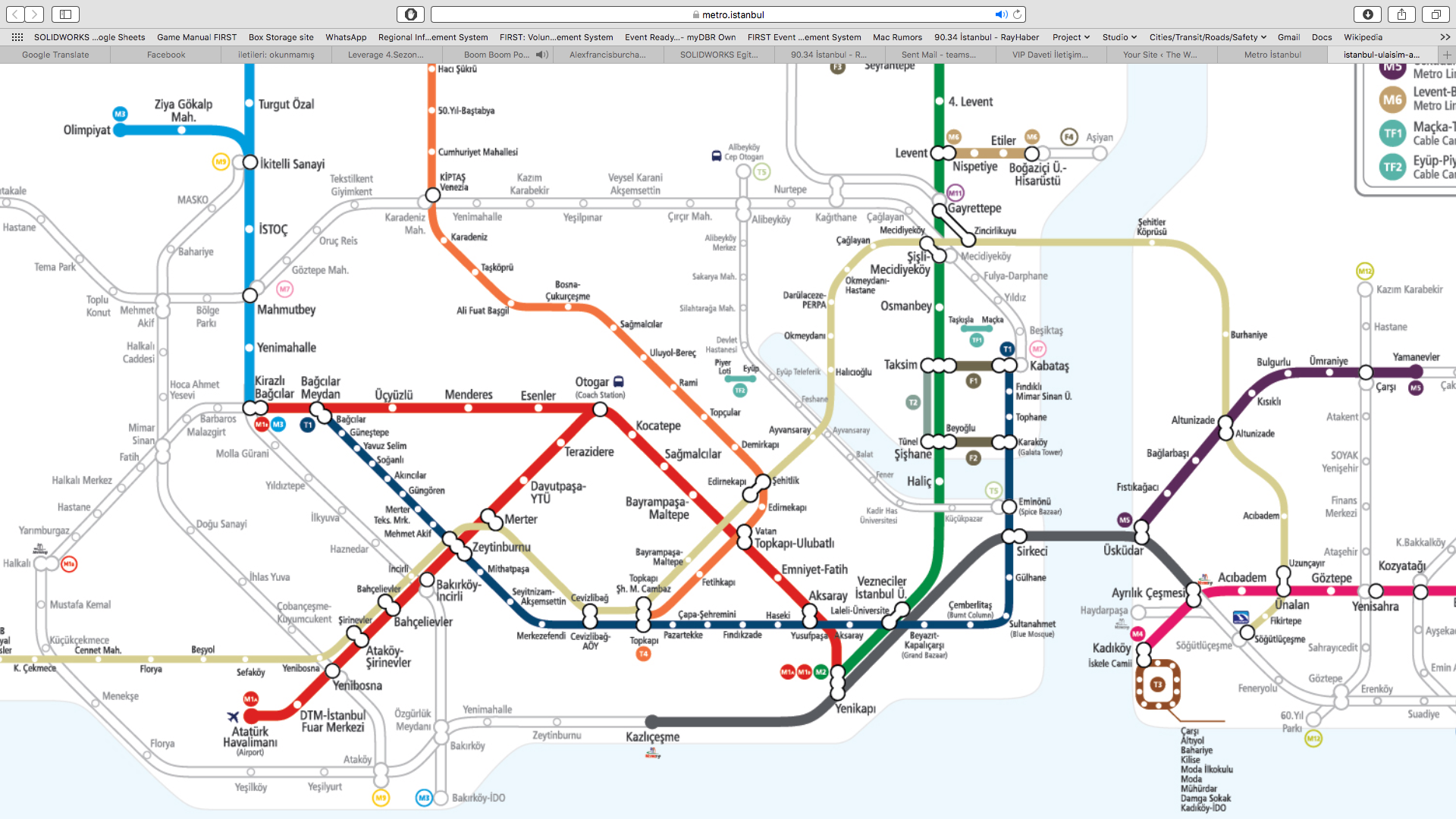
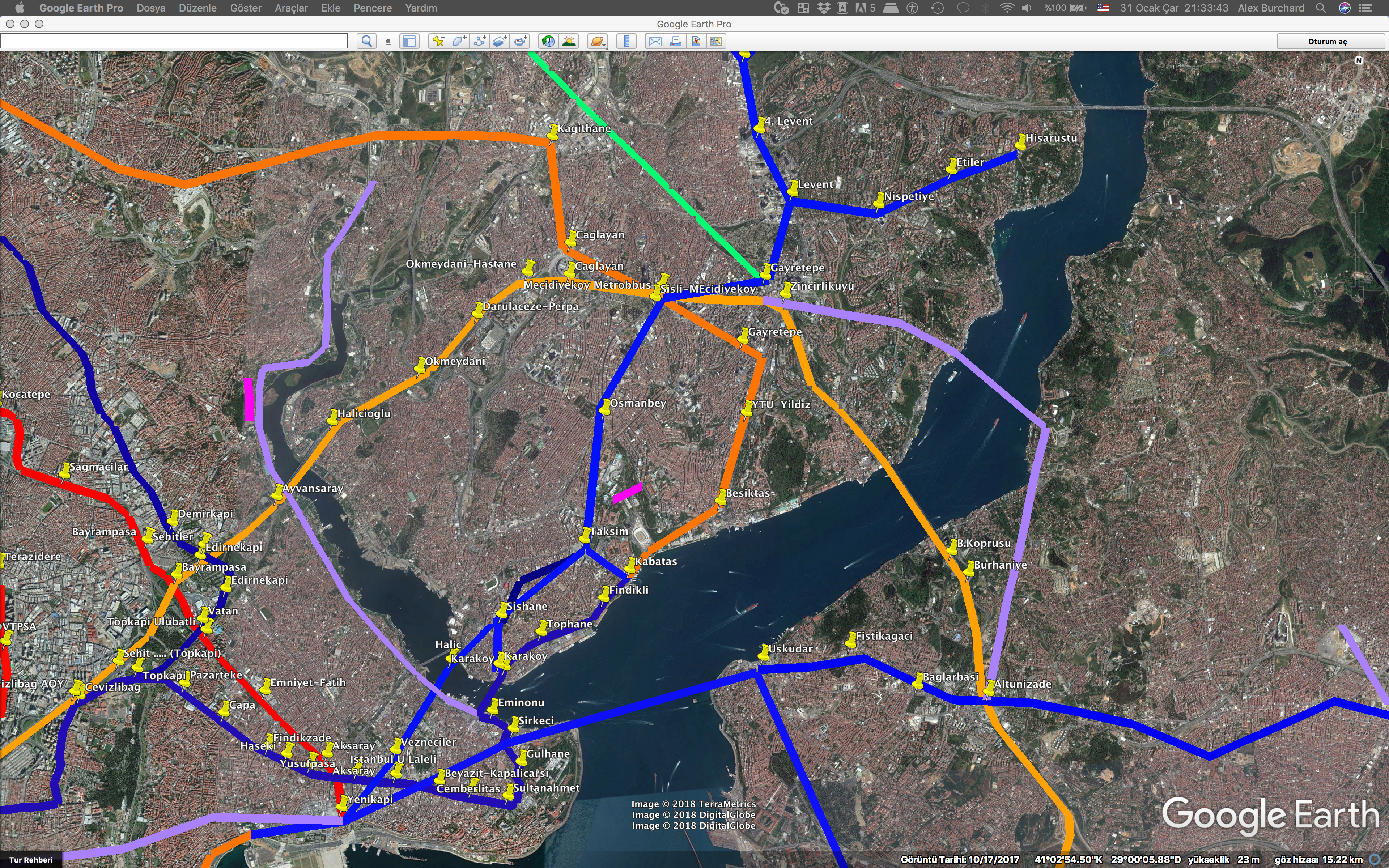
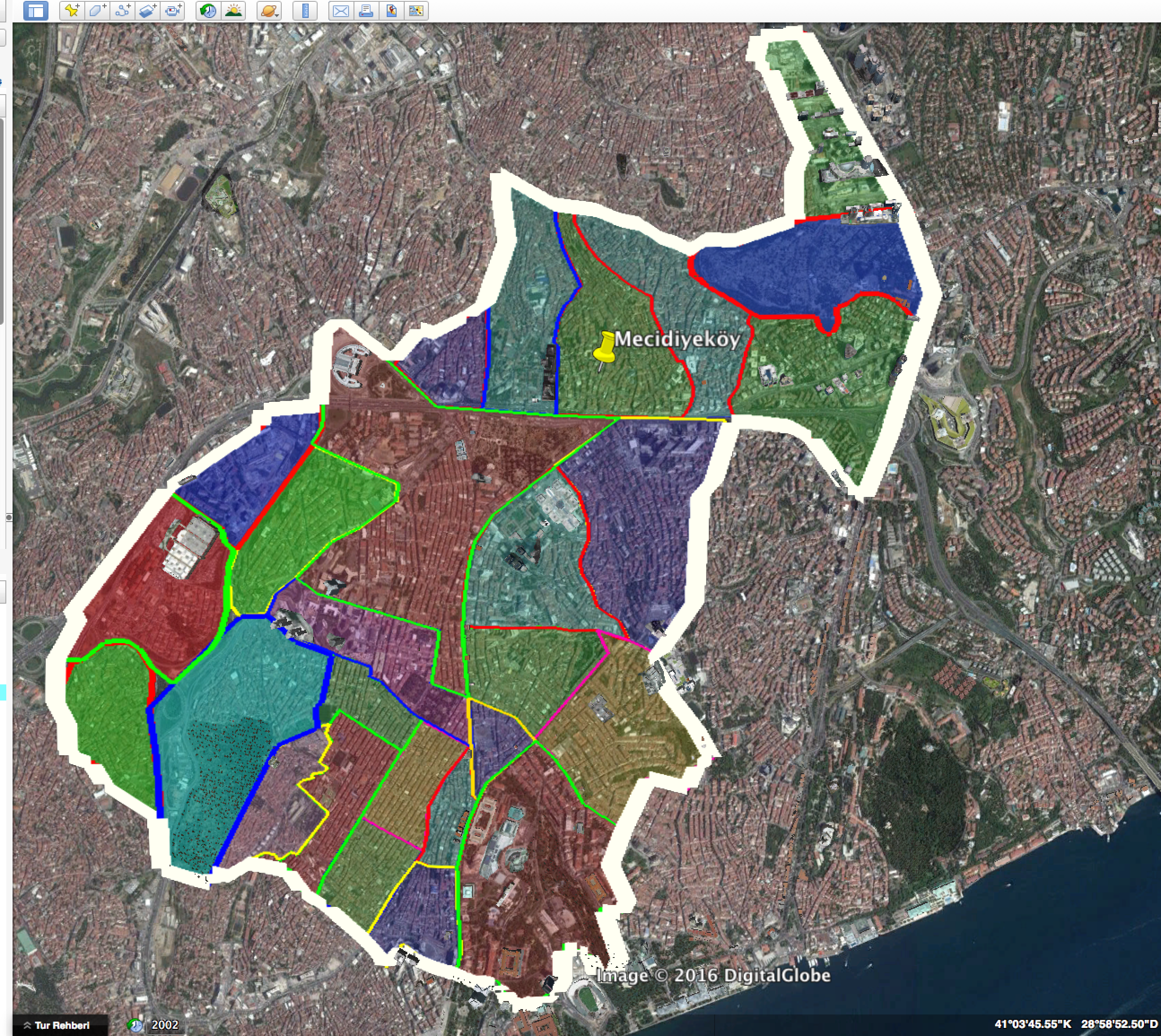

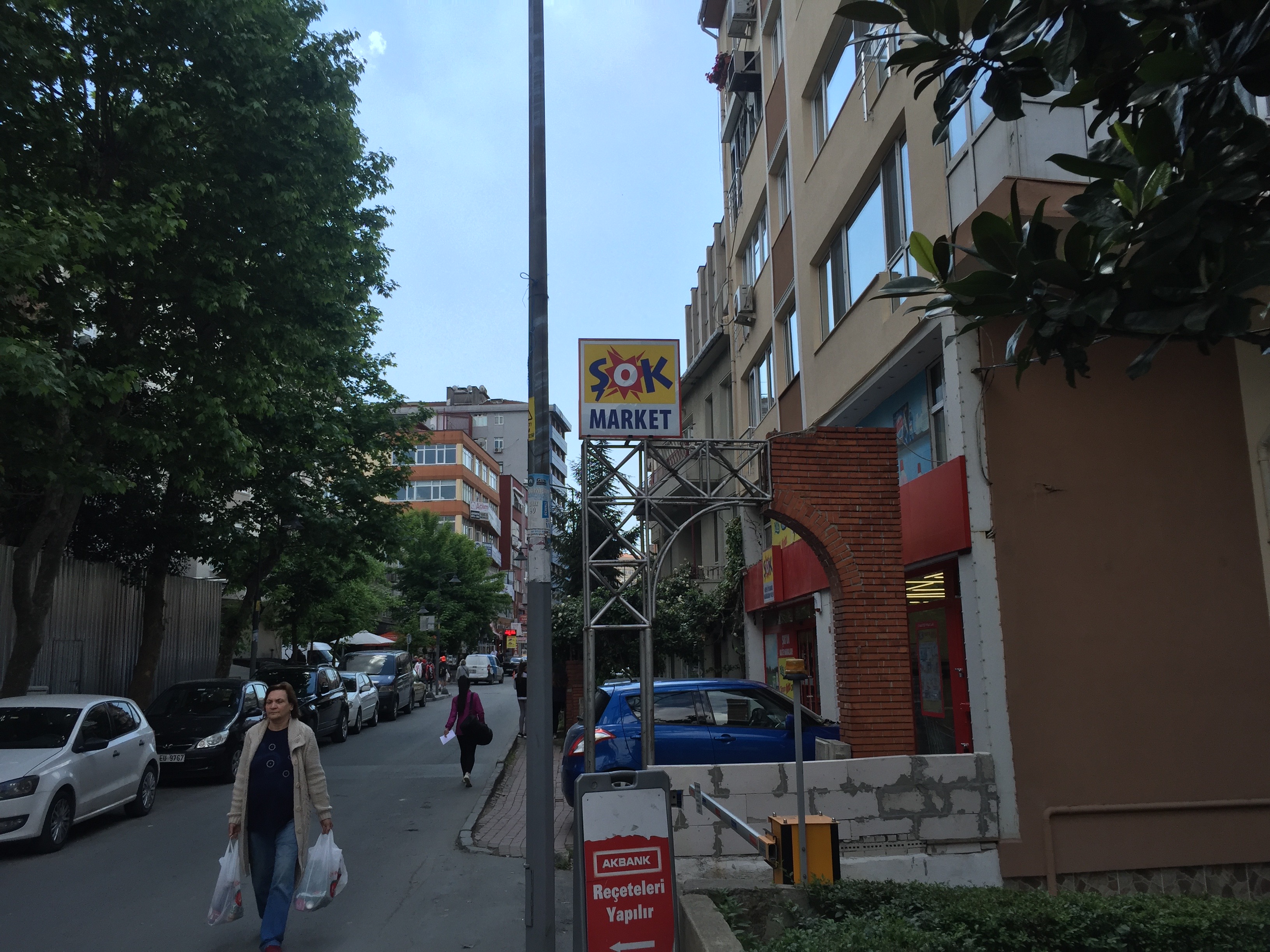
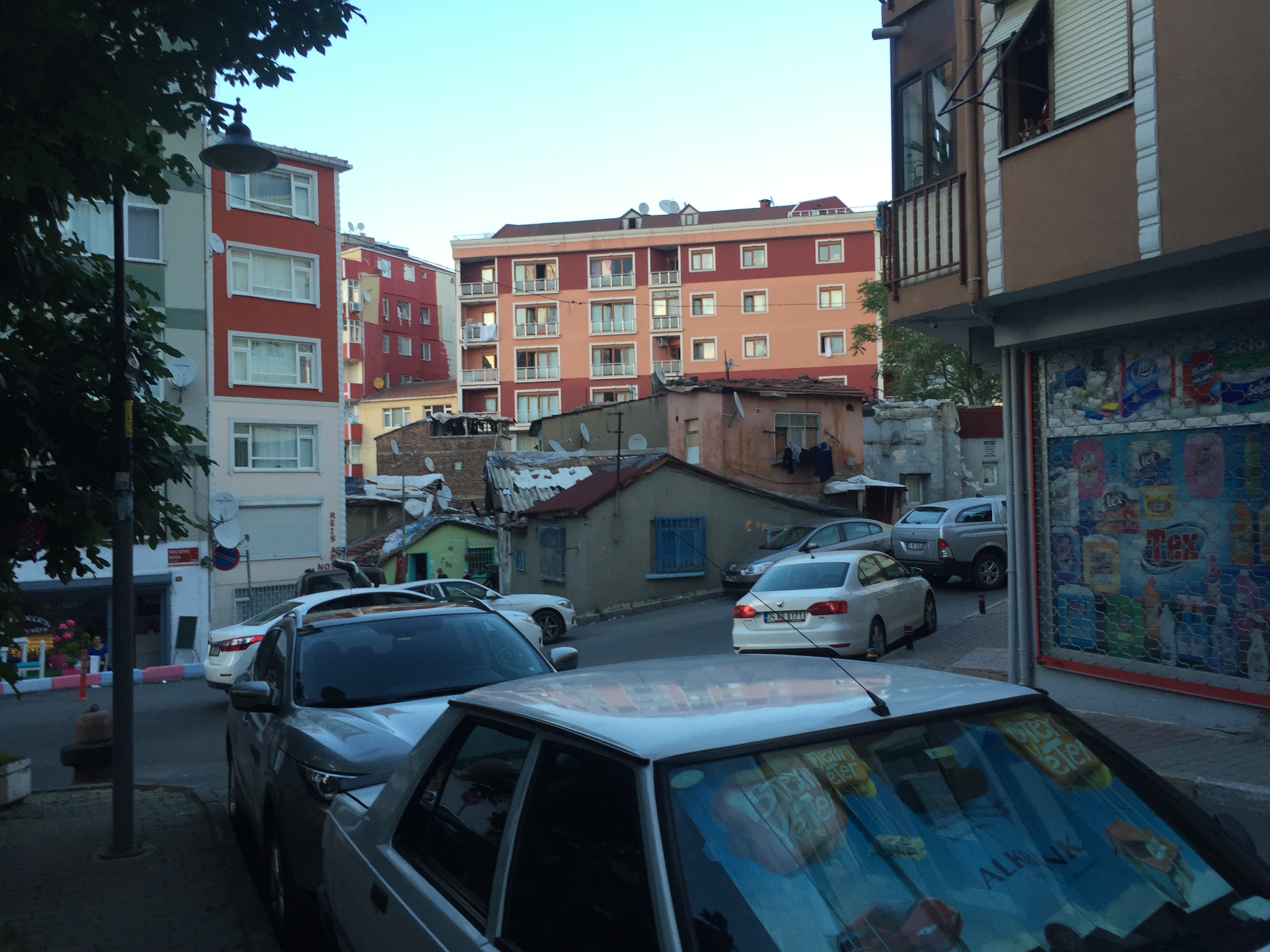
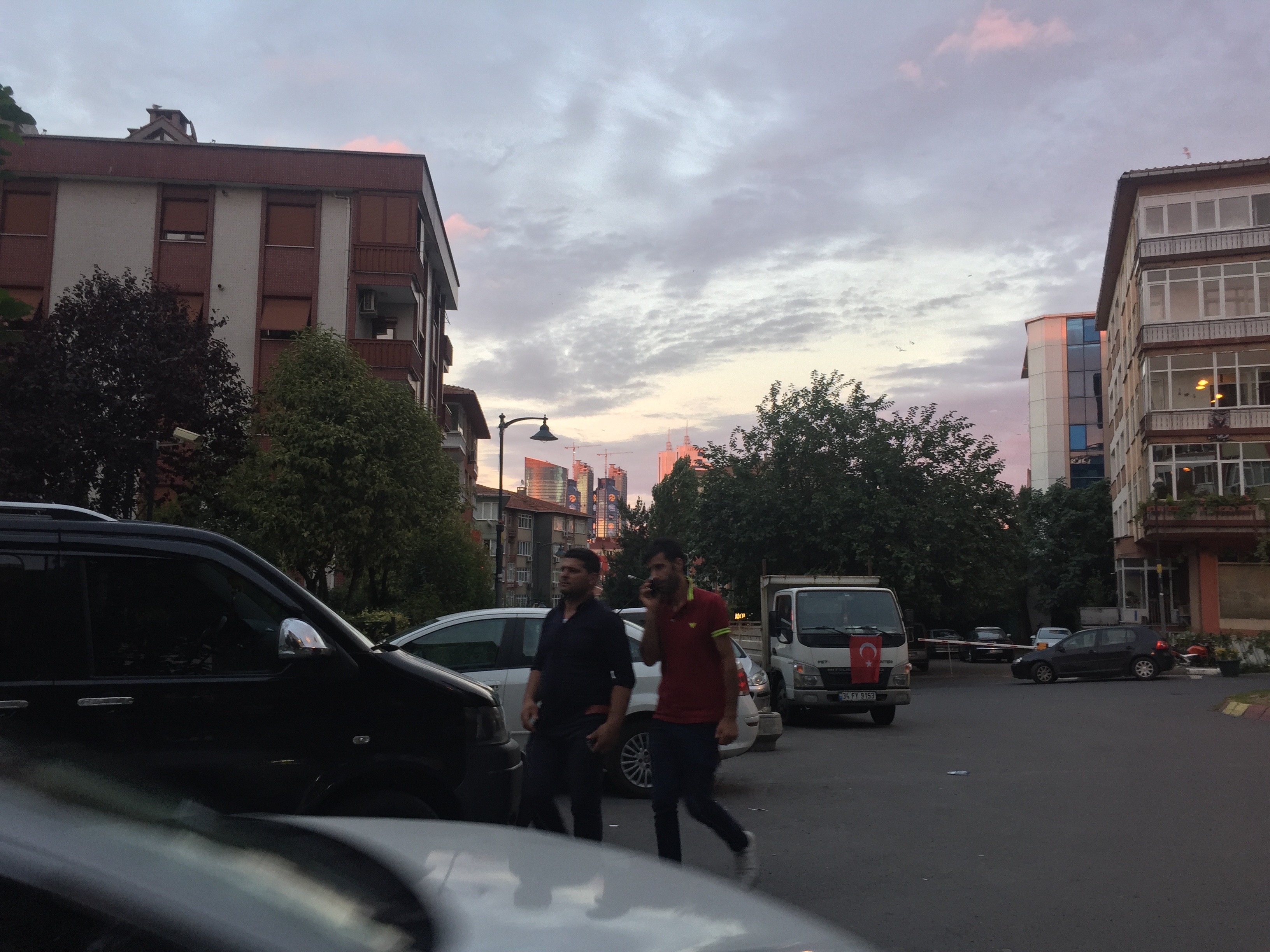
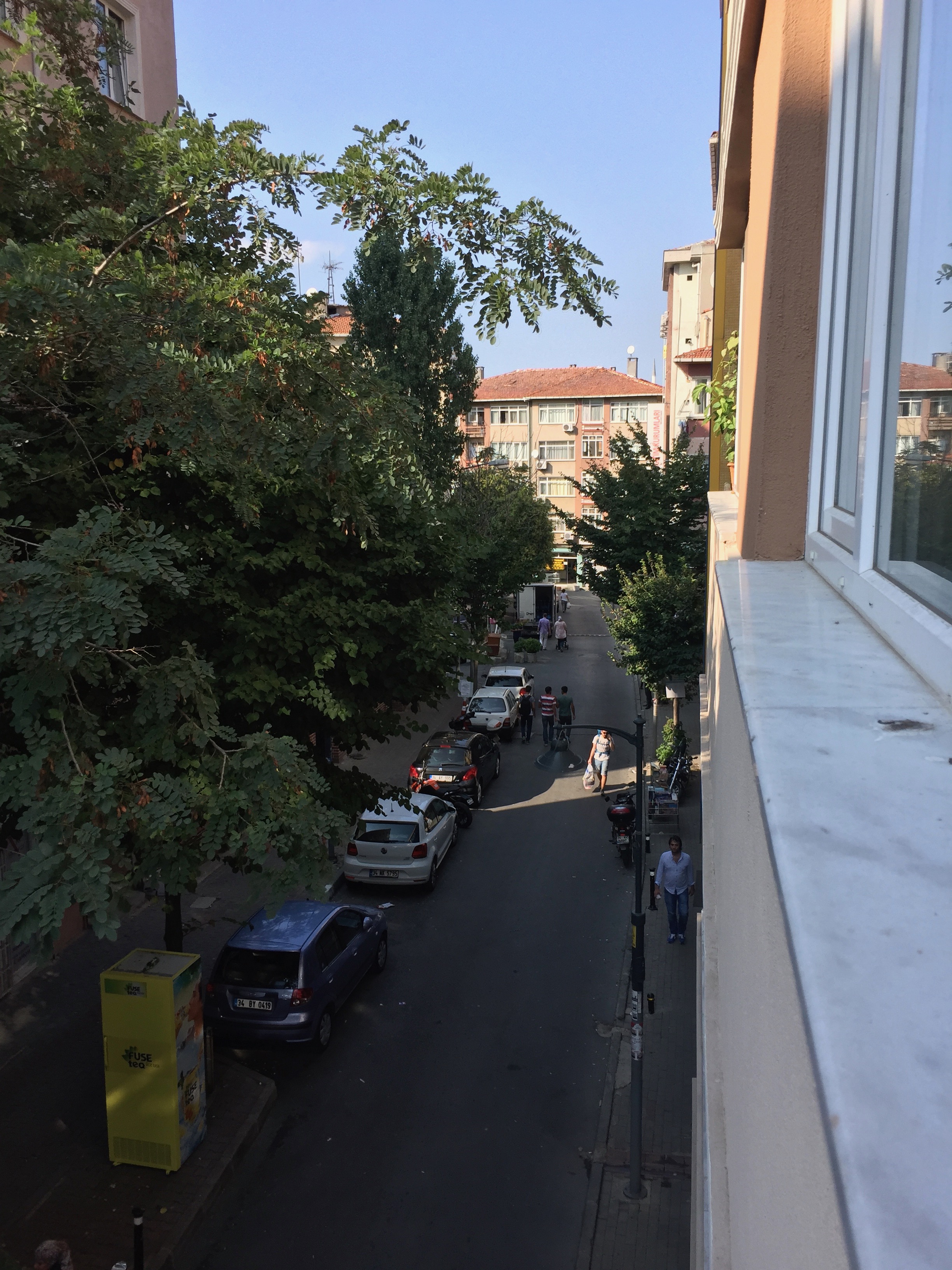



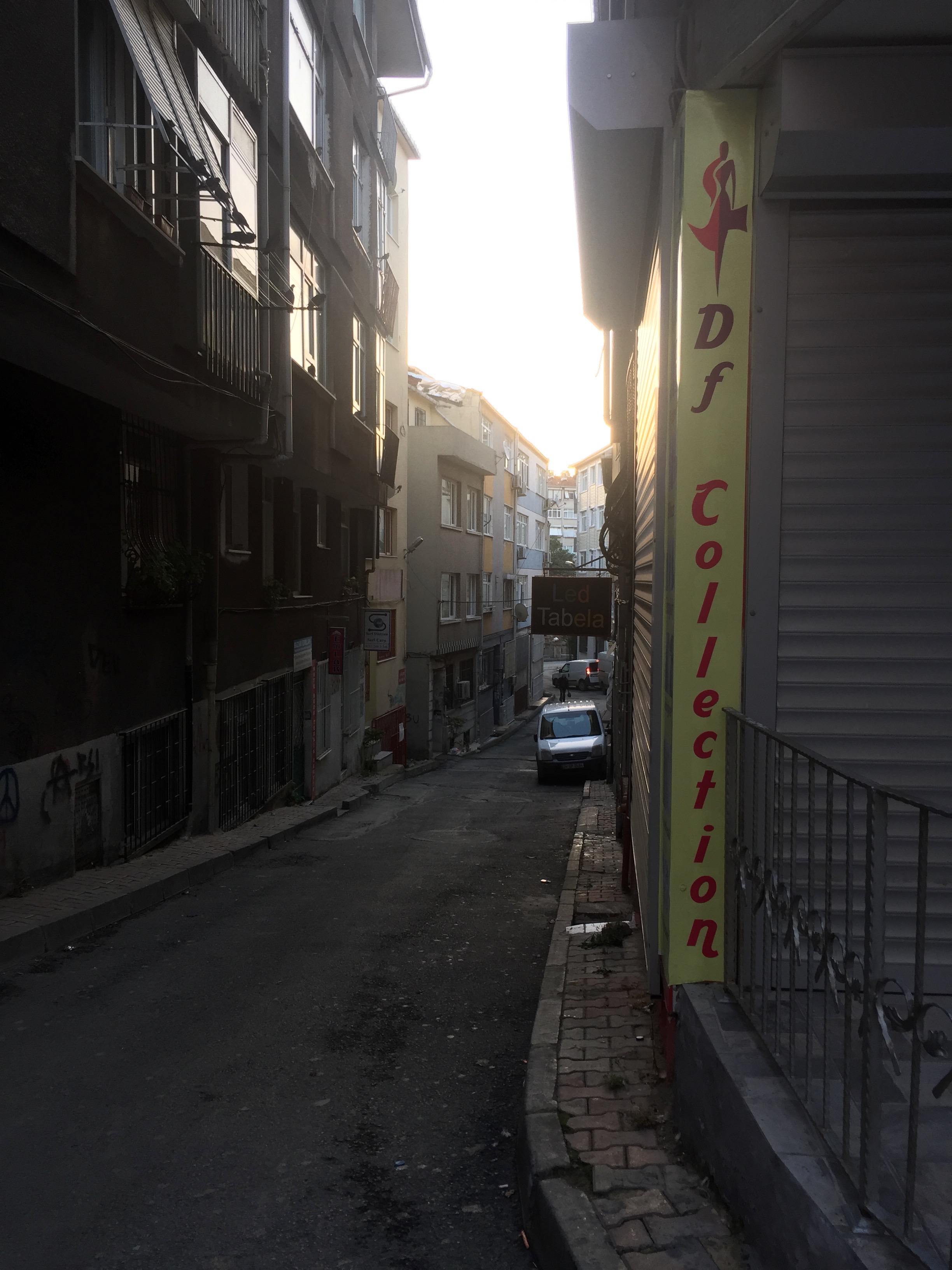
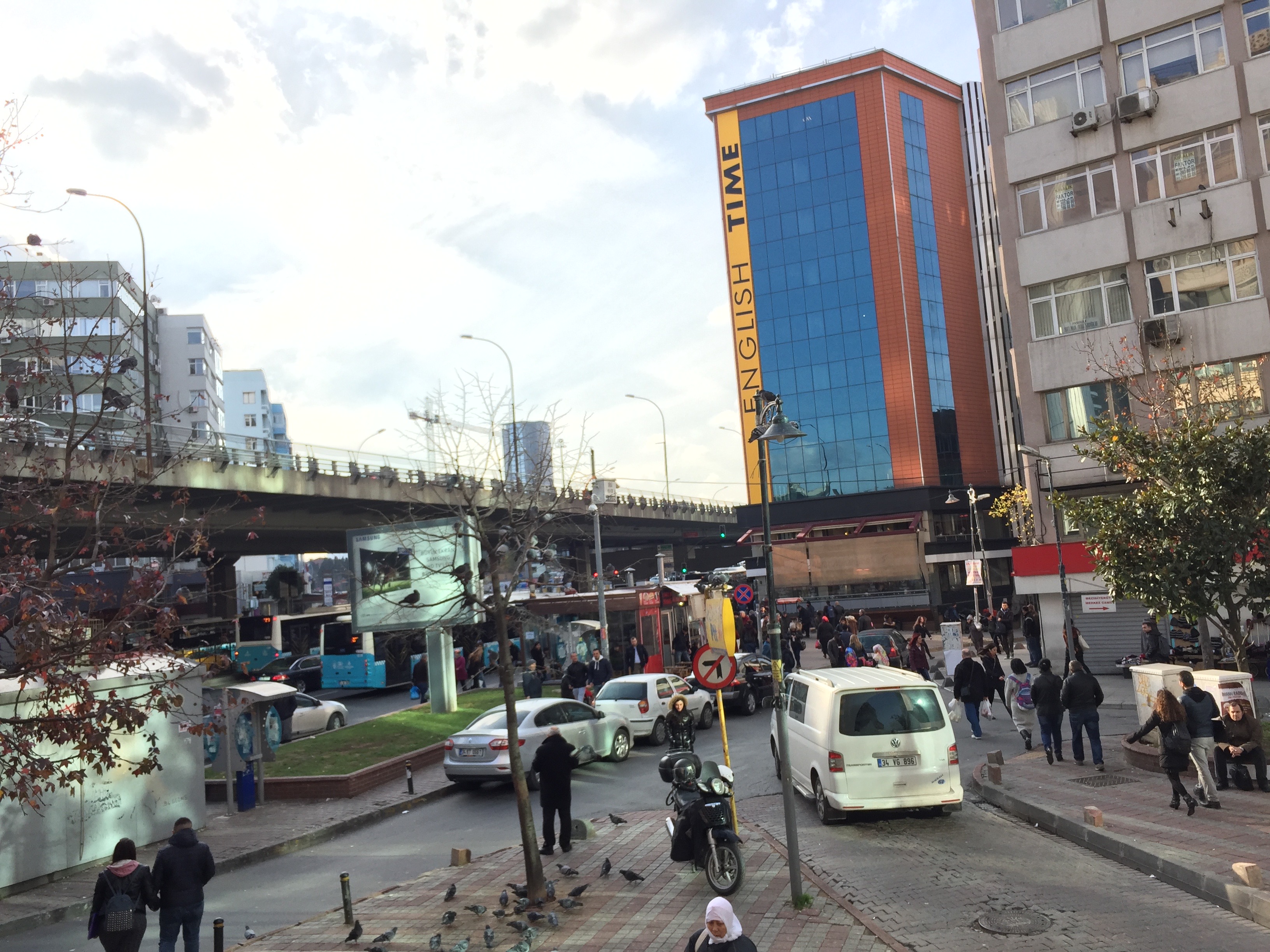

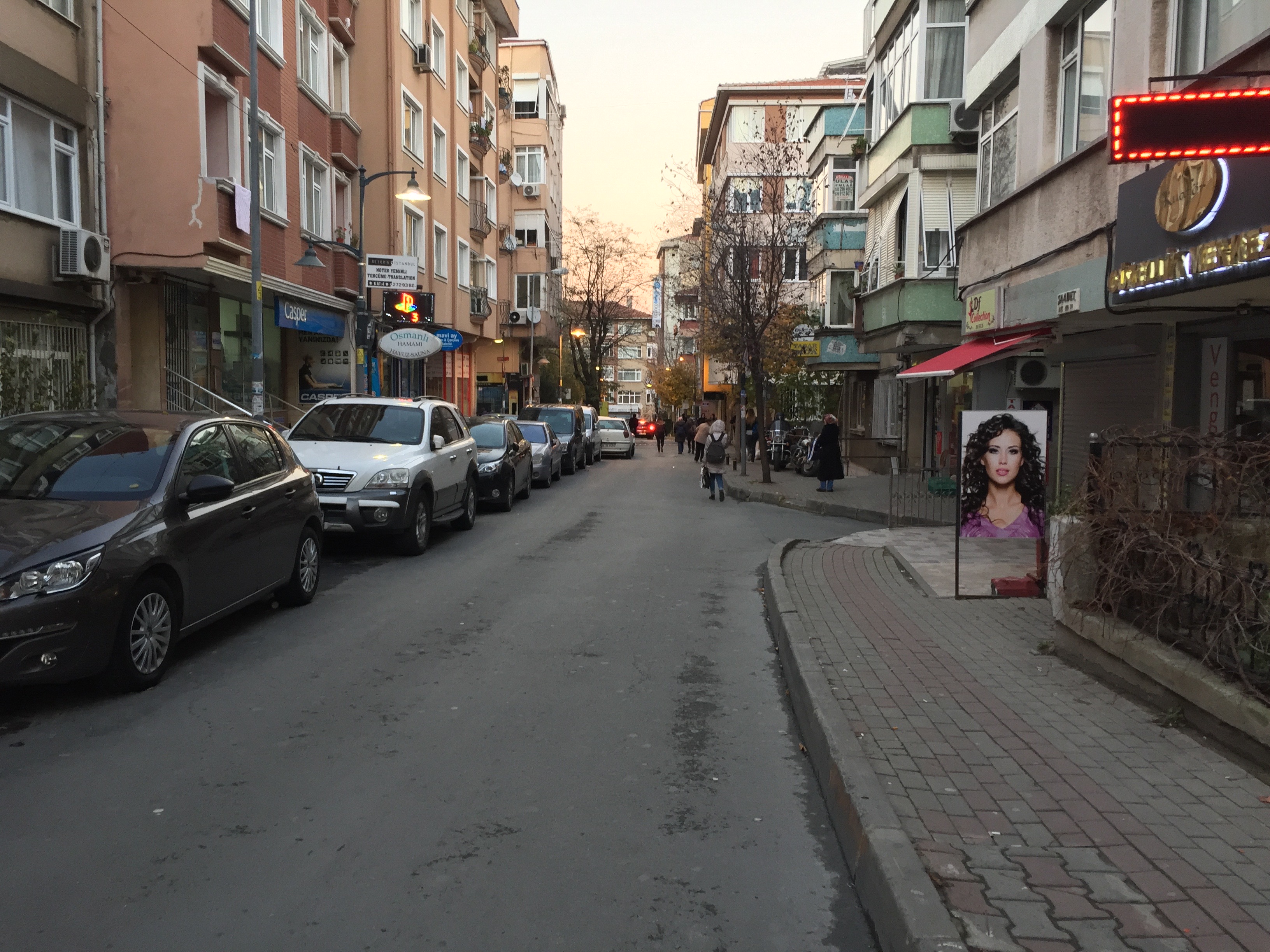


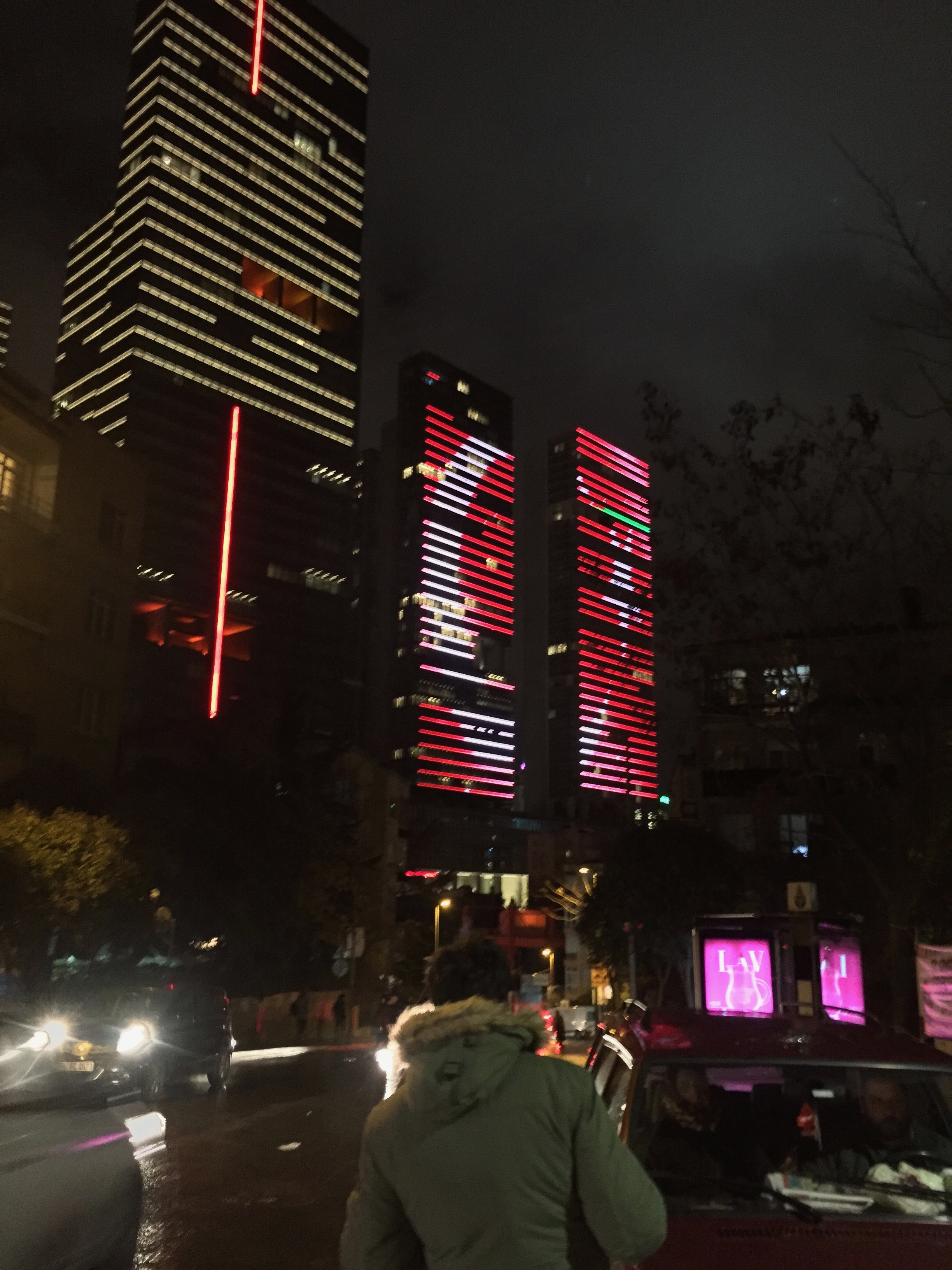
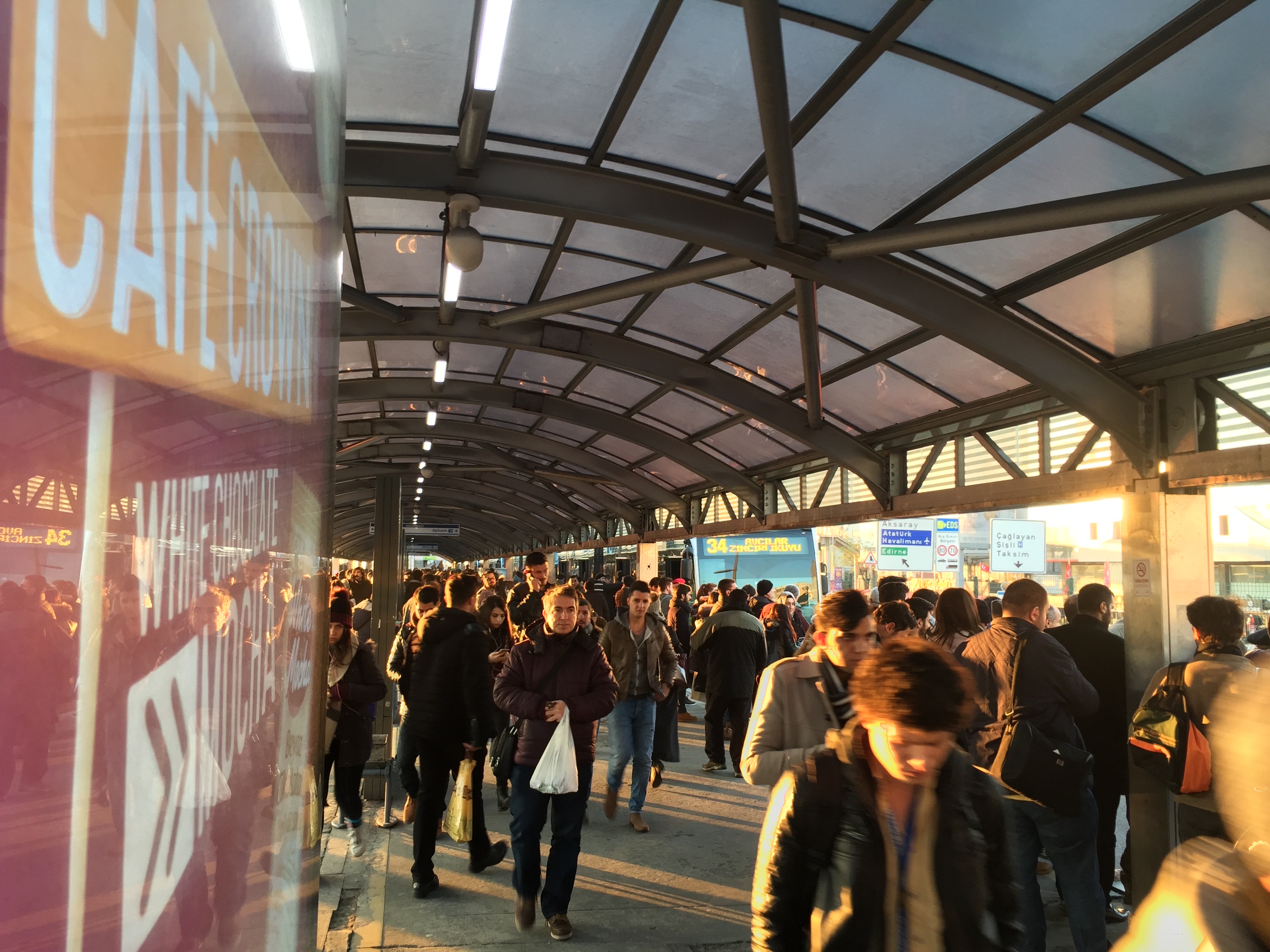
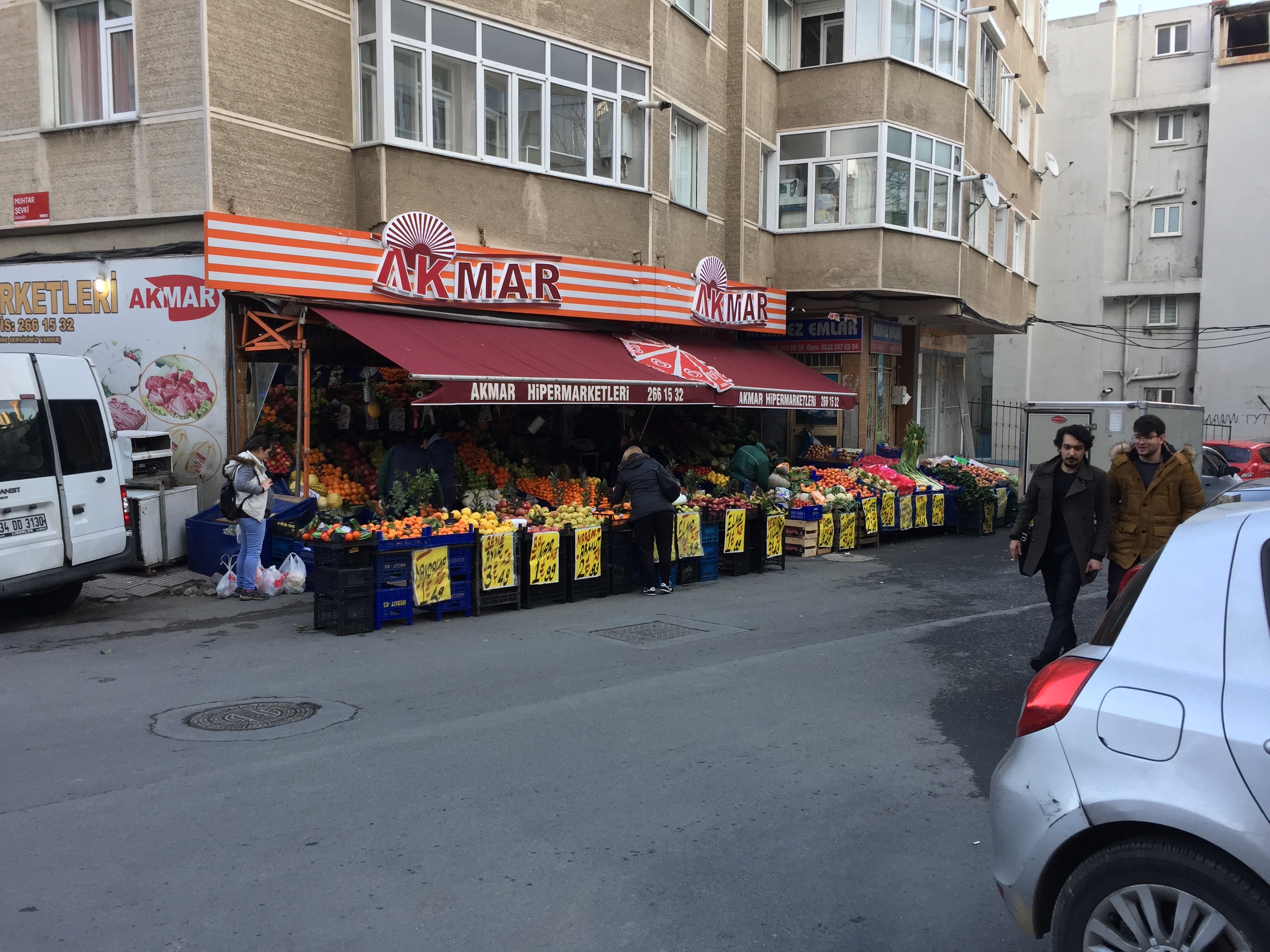
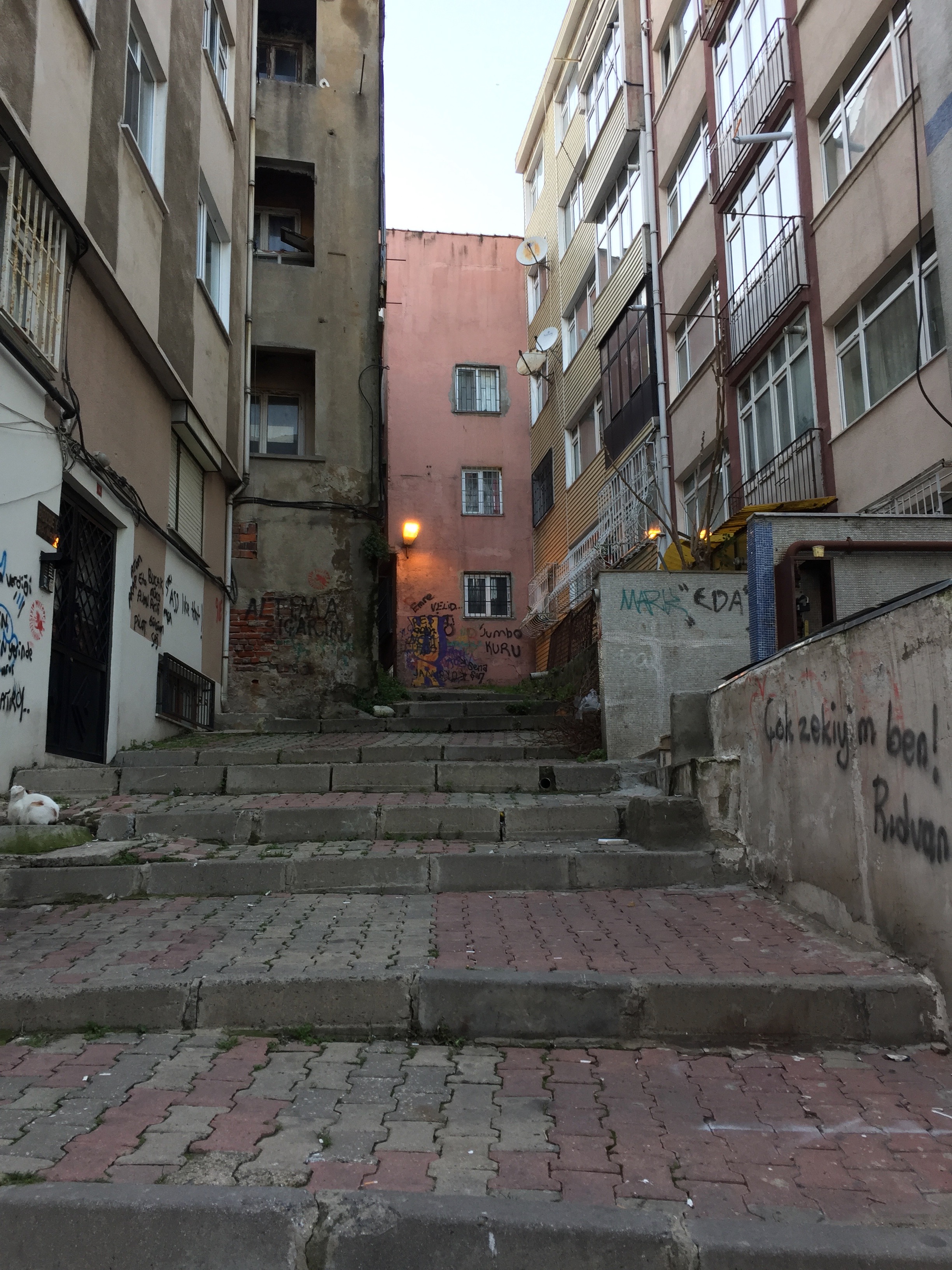

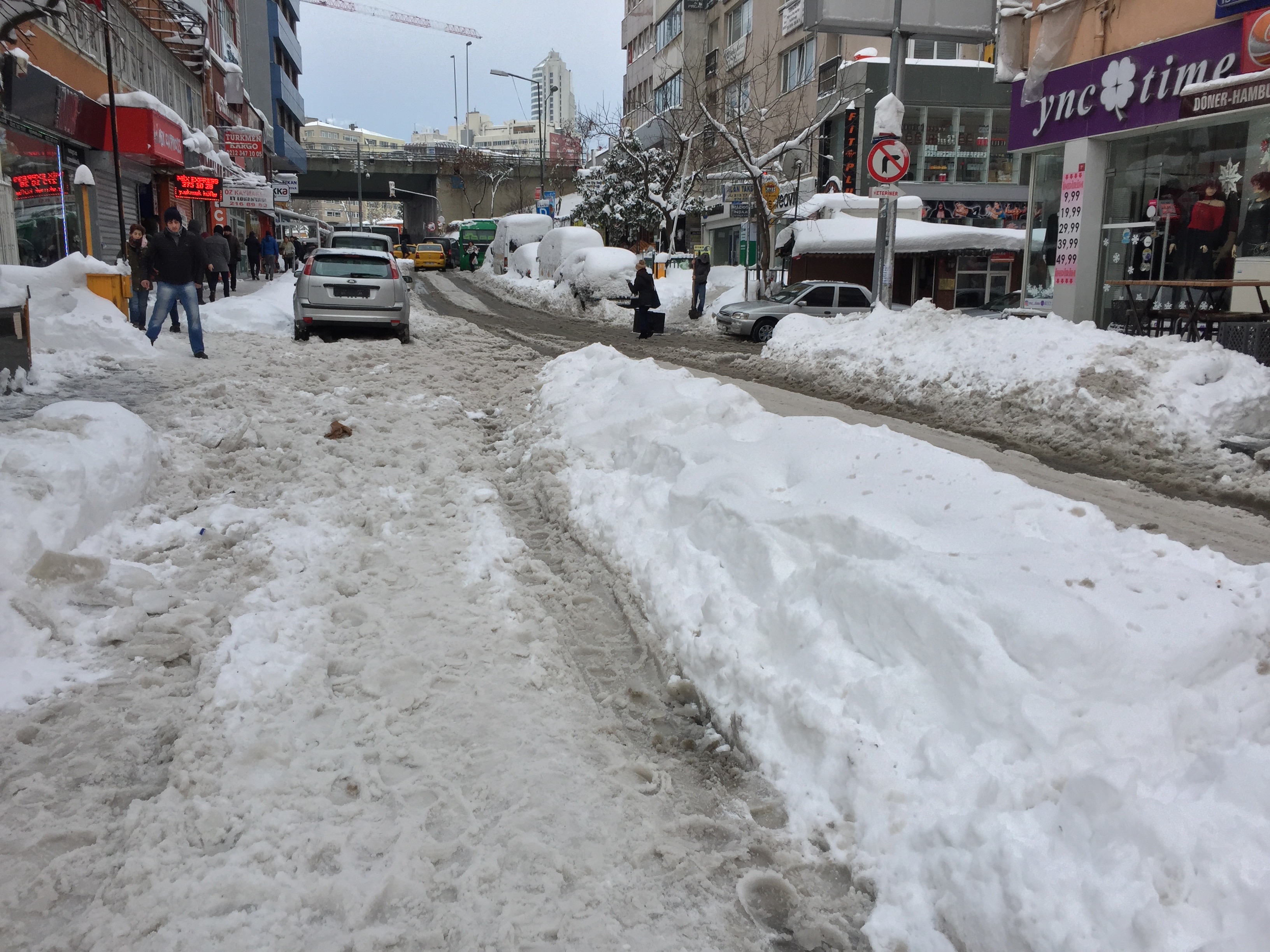
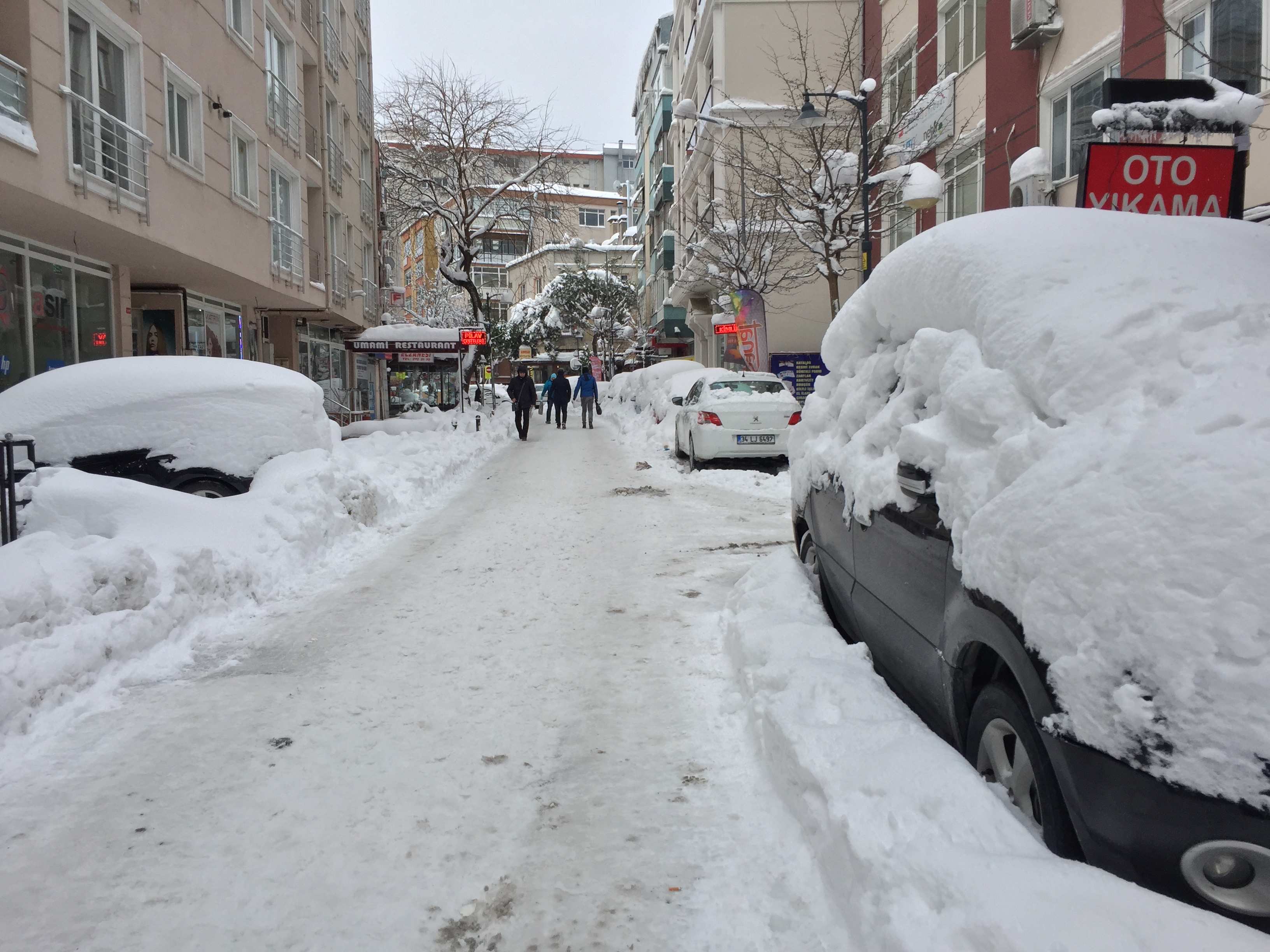


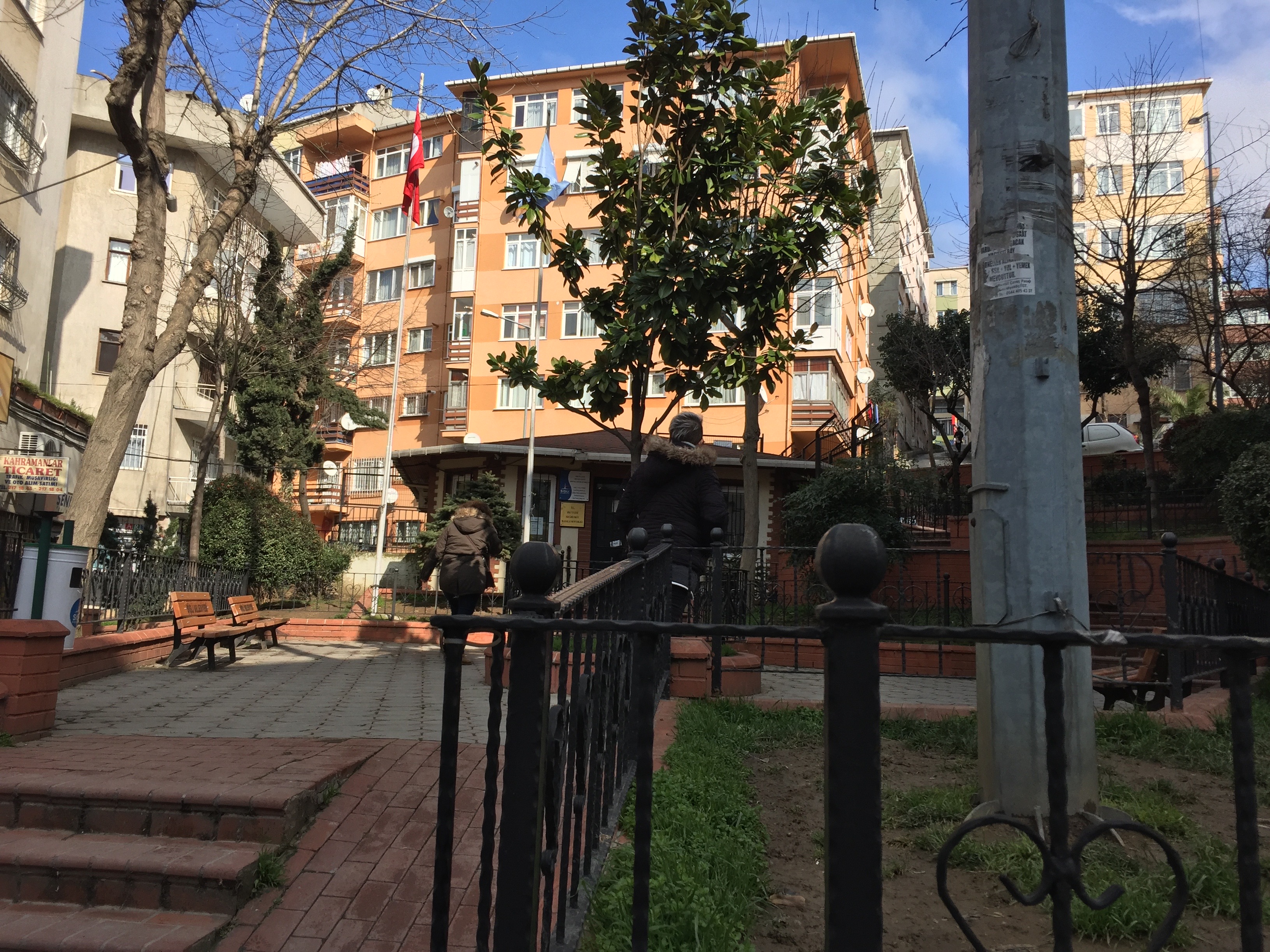
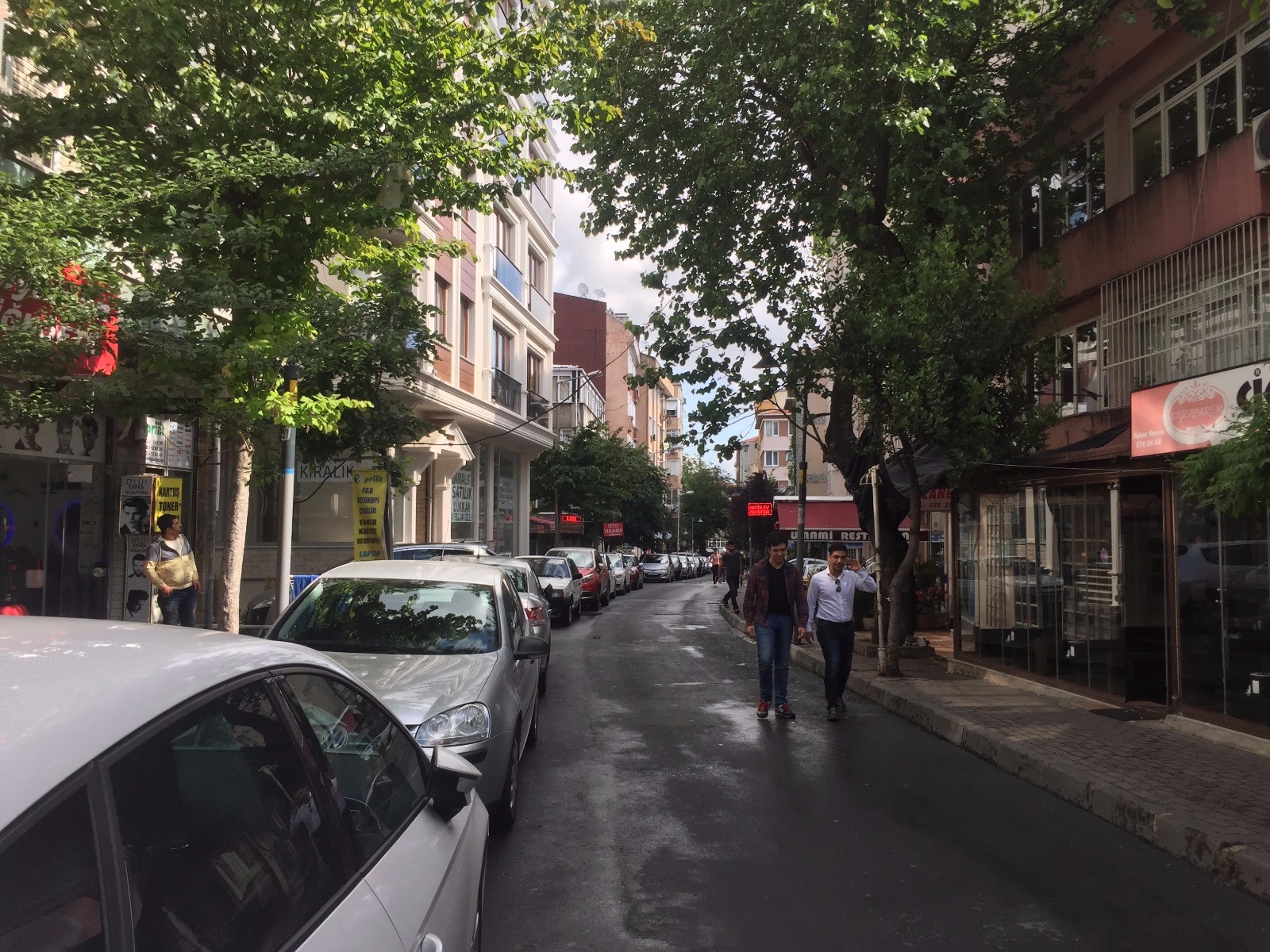

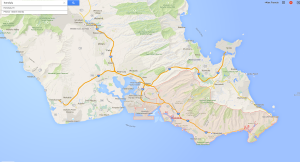
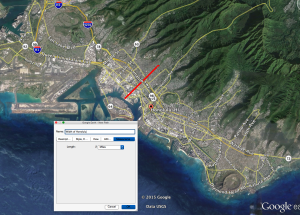

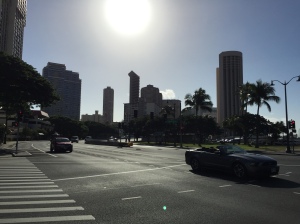

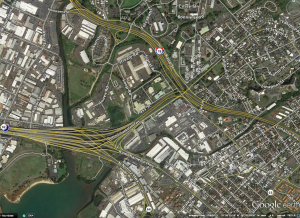




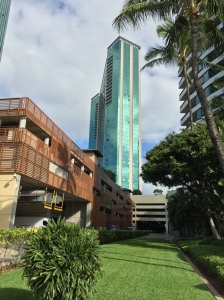
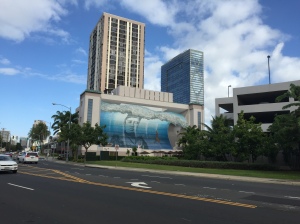
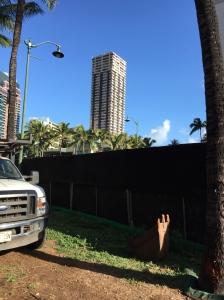
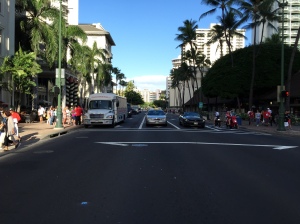




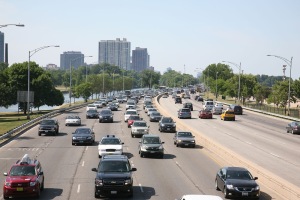
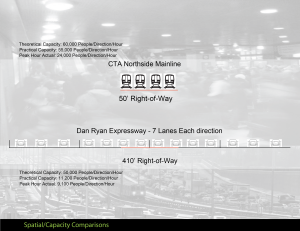

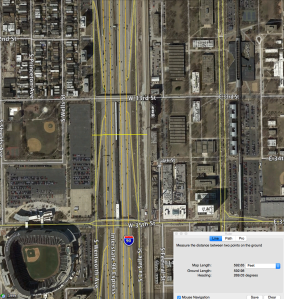
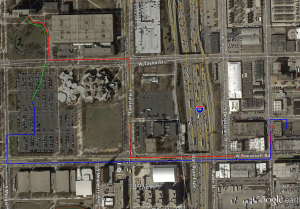
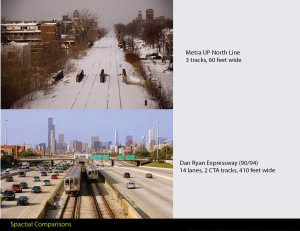
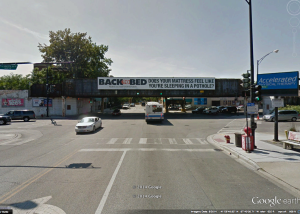
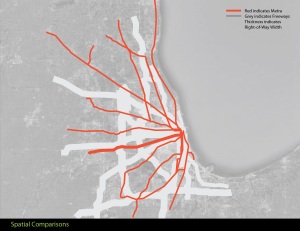

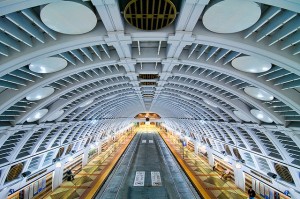
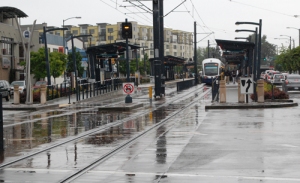
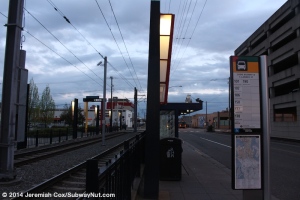
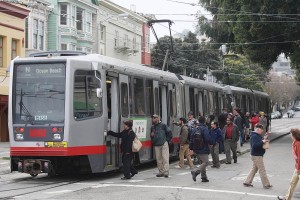
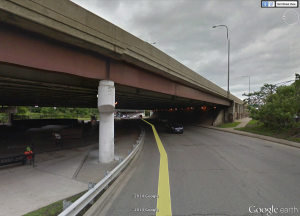
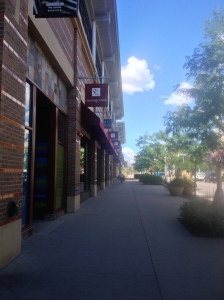
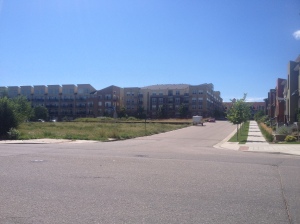
 ,
,
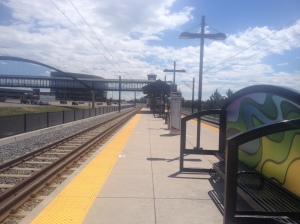
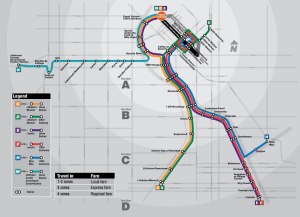
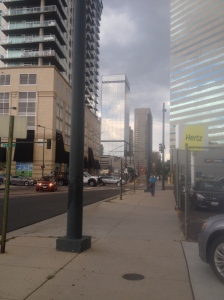



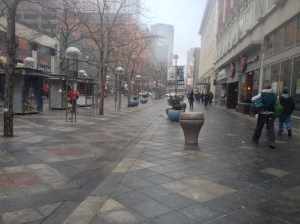

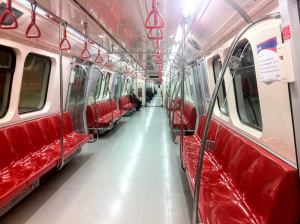
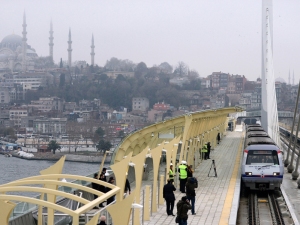 .
.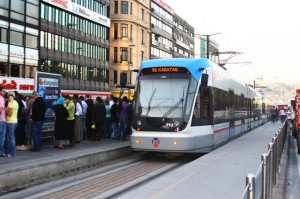

 .
.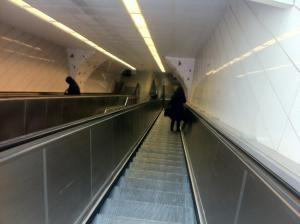 ,
,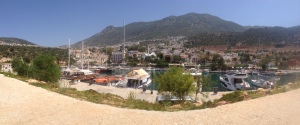
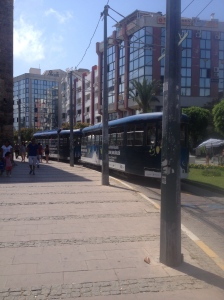 ,
,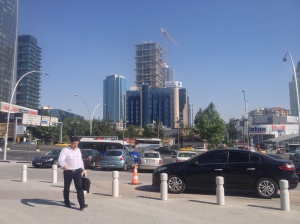

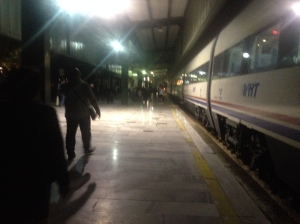 ).
).
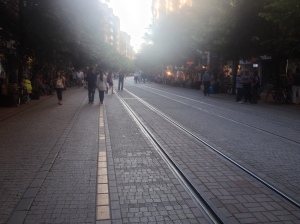 ,
,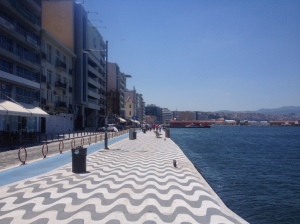
 ,
, .
.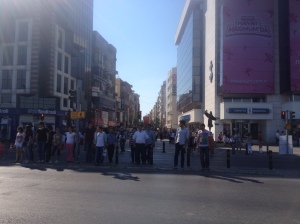

 ,
,
